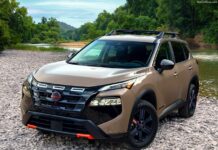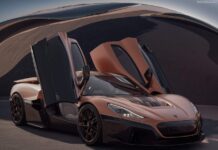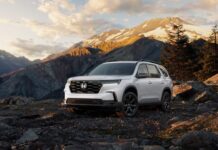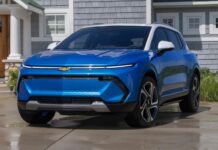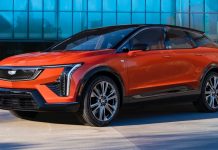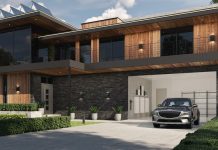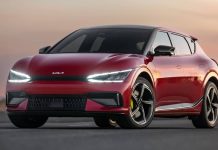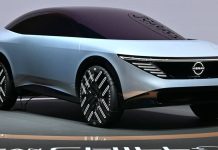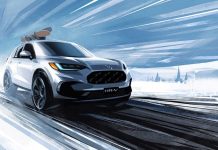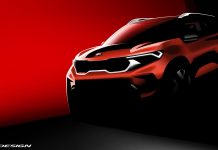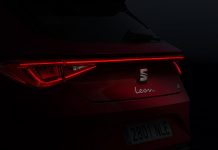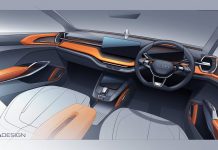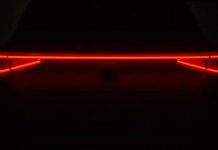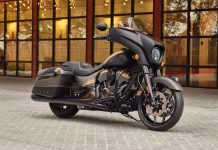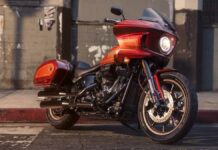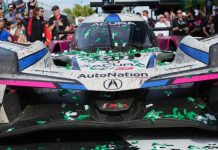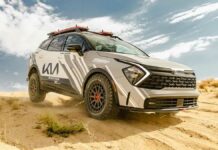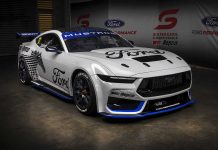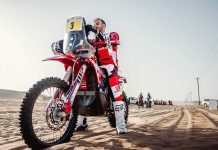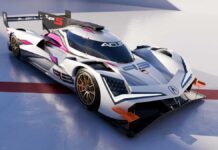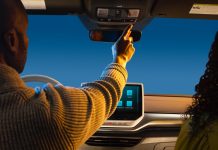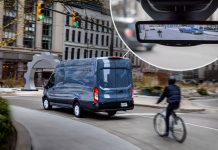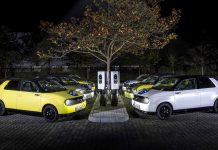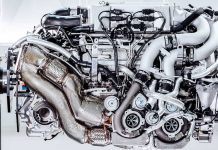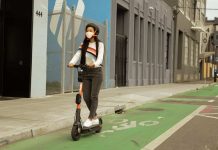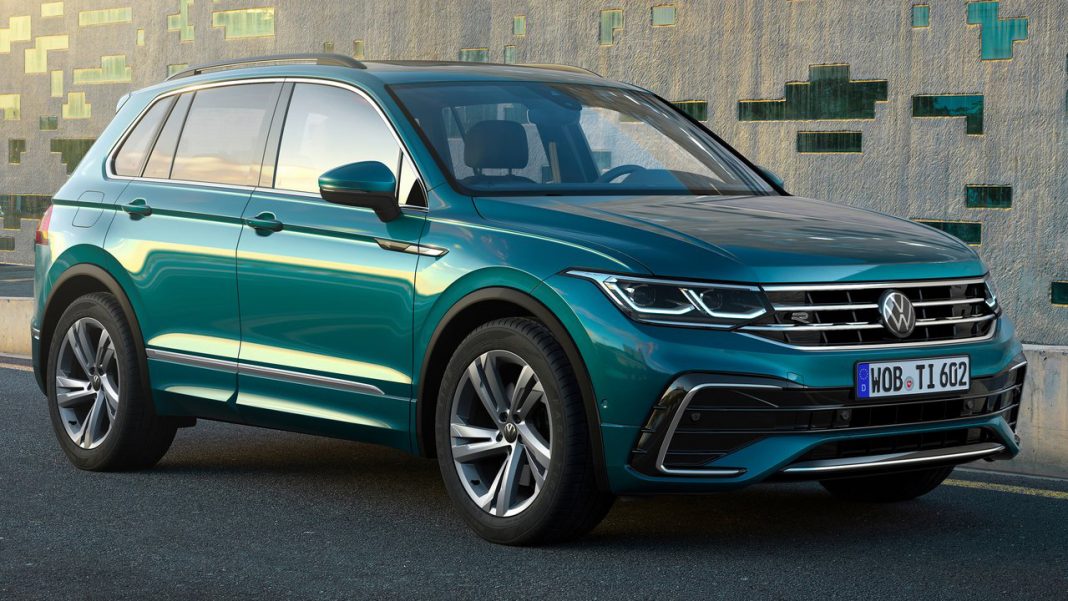The Volkswagen Tiguan is the most successful Sports Utility Vehicle in Europe and one of the top-selling SUVs in the world. More than six million units have been produced to date. In 2019, it was again the most popular model of the brand and entire Volkswagen Group, with around 911,000 units produced. The top-selling vehicle is now about to receive a comprehensive update. Ralf Brandstätter, Chief Operating Officer and designated CEO of the Volkswagen brand: “We launched our global SUV strategy with the second-generation Tiguan in 2016. It served as the basis for many successful models worldwide. Volkswagen is now taking the next step by electrifying, digitalising and networking the new Tiguan. This will equip the compact SUV to handle the challenges of the modern era.”
New Tiguan evolutionary stage. All key technology on board the best-seller is set to take a significant step forward. Volkswagen is electrifying the Tiguan with a new, state-of-the-art plug-in hybrid drive (with a system output of 180 kW / 245 PS). The SUV will also be available as a standalone Tiguan R for the first time with a 235 kW (320 PS) TSI engine. The performance experts at Volkswagen R have developed a new all-wheel drive system with selective wheel torque control for the extremely dynamic flagship model of the range. Volkswagen’s use of twin dosing now ensures that the turbo diesel engines (TDI) in the new Tiguan are among the cleanest combustion engines in the world. With the new Travel Assist2/3 system in the Tiguan, the SUV is now capable of assisted driving at speeds up to 210 km/h (longitudinal and lateral guidance). In addition, the latest infotainment system generation (MIB3) means that the Tiguan has a brand new range of online services and functions3 on board. Another new feature is the 480-watt sound system3 from the audio specialists Harman/Kardon. Volkswagen has also digitalised the climate control functions by means of touch sliders3 and touch buttons3. And last, but by no means least, the Tiguan’s new IQ.LIGHT – LED matrix headlights3 guide the driver through the night with enhanced comfort and safety.
The most versatile SUV. Like its predecessors, the new Tiguan is extremely versatile. It is a genuine SUV capable of towing loads of up to 2.5 tonnes – a Volkswagen that can handle every motoring situation with aplomb. This is truer than ever, thanks to the new range of drive, assist and infotainment systems on board the Tiguan.
All-new front end. The new front end is one of the key visual features of the updated Tiguan. Klaus Zyciora, Head of Design for the Volkswagen Group and Chief Designer at Volkswagen Passenger Cars: “At the front, Volkswagen’s new SUV radiator grille forges a visual link between the Tiguan and models such as the larger Touareg and the Atlas Cross Sport sold in North America. It really lends the new Tiguan a significantly more confident appearance.” The bonnet is higher and the new radiator grille with LED headlights is wider, with the new Volkswagen badge positioned centrally at the front. The eye-catching bumpers have also undergone a makeover. At the rear, the “Tiguan” lettering is now in a conspicuous central position below the VW badge. The “4MOTION” lettering on the rear of all-wheel drive models has also been redesigned.
New powertrains
Electrified eHybrid. Volkswagen has restructured the range of powertrains for the Tiguan. One of the highlights will include the new Tiguan eHybrid with a plug-in hybrid drive (180 kW / 245 PS). The Tiguan eHybrid is an integral component of Volkswagen’s electrification strategy. Dr Frank Welsch, Member of the Brand Board of Management with responsibility for Technical Development: “We designed the drive concept in such a way that the Tiguan eHybrid always starts in E-MODE, the enhanced electric driving mode, providing the battery has been charged sufficiently. According to the WLTP, the vehicle can cover around 504 kilometres on a single battery charge. As a result, most of our customers will be able to cover their average daily trips under electric power alone, and that’s what it’s all about: zero local emissions in practice!” The easy-to-configure hybrid mode enables the vehicle to store sufficient electrical energy, even on long journeys, to allow you to drive the final distance to your urban destination with zero emissions. The Tiguan eHybrid can be driven in all-electric mode at up to 130 km/h; in Hybrid mode, the electric motor supports the efficient TSI (turbocharged direct injection petrol engine) during acceleration. The combination of electric motor and combustion engine in this hybrid mode delivers an impressive level of power, as the electric motor provides additional boost. GTE mode allows particularly dynamic driving and is activated by pressing a button next to the DSG gear lever. In GTE mode, the electric drive motor and TSI engine join forces to deliver the maximum system power of the Tiguan eHybrid.
Twin dosing cleans up. The other powertrain options also feature an array of sustainable innovations. Take the turbo diesel, for example. The Tiguan’s popular TDI engines will in future be fitted with two SCR catalytic converters in sequence, each with its own AdBlue injection. This facilitates a process known as twin dosing, which enables Volkswagen to significantly reduce nitrogen oxide (NOx) emissions compared to the previous model. The first SCR catalytic converter is located close to the engine so that it reaches its optimum operating temperature shortly after starting, which helps to reduce NOx emissions extremely quickly. Its close-coupled position is also beneficial when driving with low engine loads. The second SCR catalytic converter is located in the underbody of the vehicle. Since the distance to the engine is greater, the exhaust gas temperature upstream of the second catalytic converter can be as much as 100°C lower. As a result, this SCR catalytic converter works particularly well under heavy loads, for example when driving at higher speeds or towing a trailer. Regardless of the engine’s operating mode, twin dosing ensures that one of the two SCR catalytic converters is always operating in the optimum temperature range. This facilitates extra-efficient exhaust gas aftertreatment, which converts nitrogen oxides into water and harmless nitrogen.
Added R dynamics. The 235 kW (320 PS) Performance TSI engine for the first Tiguan R is an all-new powertrain in the Tiguan family. “The Tiguan R really enhances the product family. It boasts all the attributes we know and expect from an R model – sportiness and race track capability allied with complete suitability for everyday use featuring an expressive design,” explains Jost Capito, Director Volkswagen R. Under the auspices of Volkswagen R, the EA888 evo4 – the latest version of the Performance TSI – has been adapted for the new Tiguan R. Further, a new all-wheel drive system, called “R-Performance Torque Vectoring”, with selective wheel torque control has been developed. The system distributes the drive power variably between the front and rear axles as well as the left and right rear wheels. In technical jargon, it is also known as “torque vectoring”. Thanks to the individually distributable output, up to 100% of the drive torque can be directed to the wheel on the outside of the bend, leading to noticeably more agile vehicle handling. The intensity of the power distribution is determined by the current steering angle, accelerator pedal position, lateral acceleration, yaw rate and speed. The driver can control the way in which the selective wheel torque control and the stabilising vehicle dynamics systems work, using the standard driving profile selection (Comfort, Sport, Race, Individual, Offroad, Snow and Offroad Individual modes). The driver can access the sporty Race mode instantly by pressing the blue R button on the Tiguan R’s new multifunction sports steering wheel – turning the Tiguan R into a sports car at the push of a button.
New controls and infotainment systems
Digital touch panels instead of buttons and controls. Inside the vehicle, Volkswagen has added an all-new touch module3 for the climate control functions. In addition to touch buttons, generously sized and illuminated touch sliders are used for fan and temperature control. The touch buttons can also optionally be used to operate functions such as the seat, rear window and windscreen heating, and to open the air-conditioning menu. A digital version of the new multifunction steering wheel featuring illuminated touch islands and sliders is also available as an option. Illuminated USB-C ports are located under the air-conditioning module.
MIB3 and App-Connect Wireless3. Another of the Tiguan’s technical highlights is the new range of infotainment systems (MIB3), which enable the user to connect to a variety of online services. Thanks to an Online Connectivity Unit (OCU) with integrated eSIM, the enhanced functions of the MIB3 systems include the online services of We Connect (prepared for unlimited usage period) and We Connect Plus (prepared for free use for one or three years in Europe). Depending on the equipment, the MIB3 systems also offer new features including natural voice control3 and access to streaming services3 such as Apple Music™. Users can also personalise a wide range of settings3 and save them to the cloud via Volkswagen ID for use in other Volkswagen vehicles. Another new feature is the wireless integration of apps via App-Connect Wireless3 for Apple CarPlay™ and Android Auto™.
Harman Kardon sound system. Volkswagen has worked with audio specialist Harman/Kardon to develop a new, optional premium sound system for the Tiguan. It features ten high-performance loudspeakers and a 480-watt amplifier. The sound can be configured individually using four preset audio profiles. The blend of rich basses, crystal-clear trebles and razor-sharp speech reproduction makes for a fascinating audio experience.
New assist and light systems
Travel Assist2/3 as a new IQ.DRIVE system. Volkswagen is bundling its systems for assisted driving under the umbrella brand IQ.DRIVE. The Tiguan takes assisted driving one step further with Travel Assist – the first time that this system has been available in the product line. The system can take over steering, braking and acceleration of the new Tiguan at speeds of between 0 km/h (with DSG dual clutch gearbox) or 30 km/h (manual gearbox) and 210 km/h (the driver remains responsible for control of the SUV at all times). To do so, the system uses functions including Adaptive Cruise Control2/3 (longitudinal guidance) and the Lane Assist lane keeping system2/3 (lateral guidance). The driver activates the system by pressing a separate Travel Assist button on the new multifunction steering wheel. The driver has to keep their hands on the steering wheel even when Travel Assist is active. The Tiguan’s electronics register this via touch-sensitive surfaces on the steering wheel. Touch detection is a great deal more reliable than steering angle-based systems even on long and very flat stretches of road.
Predictive ACC2/3. The latest generation of adaptive cruise control (ACC) proactively takes into account local speed limit information, town boundary signs, junctions and roundabouts. For this purpose, the assist system uses the signals from the front camera and the GPS and map data from the navigation system for control. The ACC in the Tiguan is an example of how even familiar assist systems are constantly evolving and becoming more intelligent. Another example is the Autonomous Emergency Braking Front Assist2 system that comes as standard in the Tiguan and now features an extended range of functions. Improvements have been made to how the system reacts to persons that are crossing the road in complex situations. Lane Assist is a third example of an enhanced system. The latest generation of the lane keeping system is now able to detect road lanes and lane boundaries such as grass edges even more accurately.
New IQ.LIGHT3. A new evolutionary stage of vehicle lighting is now available for the first time in the Tiguan – the IQ.LIGHT – LED matrix headlights. Volkswagen first used this headlight system in a similar form in the Touareg, the Tiguan’s larger cousin. Following in the tracks of the Touareg, Passat and Golf, the new Tiguan is the fourth Volkswagen to feature this LED lighting system, which is considered one of the best of its kind in the world. A matrix of 24 LEDs in each headlight module is used to activate various lighting functions, some of which are interactive, and to project them onto the road. Another first for the Tiguan is the “wiping” animation of the LED turn signals integrated into the IQ.LIGHT – LED matrix headlights module. The LED tail light clusters have also been redesigned. The top versions3 now also feature a “wiping” turn signal function; other new features here are the visually striking click-clack switchover between the tail light and brake light function, and also the animated coming home / leaving home functions when unlocking and locking the Tiguan.
New equipment lines
Tiguan, Life, Elegance, R-Line. Volkswagen has also reconfigured and renamed its equipment lines. The next level up from the basic Tiguan model is the Life version, with more comprehensive features. In the next equipment level, the lines fork into the more luxurious Elegance and sportier R-Line models. All versions of the Tiguan come with LED headlights, the proactive occupant protection system2 in combination with Autonomous Emergency Braking Front Assist2, the new multifunction steering wheel, an infotainment system with an at least 6.5-inch display, and We Connect and We Connect Plus as standard. The standard features of the Life package include Light Assist (main-beam control), ACC (Adaptive Cruise Control), a roof railing or automatic air conditioning system (Climatronic) and 17-inch aluminium wheels. The range-topping Elegance and R-Line lines also share standard details including the IQ.LIGHT – LED matrix headlights, the Digital Cockpit featuring digital instruments and a 10-inch screen diagonal, adjustable multi-coloured background lighting and the winter pack including heated steering wheel. The Elegance package also includes an electrically opening and closing boot lid and an anodised Silver roof railing. (All equipment examples apply to the German market and may vary in other countries.)
Unique exterior for the R. The Tiguan R developed by Volkswagen R provides a range of exclusive performance features and equipment. The version with an R badge is always the most powerful model in the range, and Volkswagen R dedicatedly develops bespoke equipment for these models. The 235 kW (320 PS) Tiguan R is no exception – the premium exterior equipment includes distinctive bumpers, a unique rear diffuser, wheel housing extensions, and 21-inch “Estoril” alloy wheels.
Unique functional equipment for the R. The specific R equipment is rounded off by a powerful 18-inch brake system, a newly tuned adaptive chassis (DCC) that has been lowered by 10 mm compared to the base Tiguan, bespoke driving profile selection, Electronic Stability Control (ESC) that can be deactivated, a completely new all-wheel drive system with selective wheel torque control (called “R-Performance Torque Vectoring”), and a unique four-branch sports exhaust system with visible tailpipes and chrome trim covers. A titanium exhaust system by the sports exhaust specialist Akrapovič will also be available as an optional extra for the Tiguan R.
Unique interior equipment for the R. The highlights inside the Tiguan R include new premium sport seats developed exclusively for this model with integrated head rests that are in keeping with the dynamic nature of the vehicle, both visually and ergonomically. Other features include digital instruments (Digital Cockpit) bearing the R logo and an integrated lap timer, bespoke R decorative trim (Carbon Grey) and illuminated sill panel trims. The interior is finished off with a new R sports steering wheel with an R button for direct activation of Race mode and sporty paddles for manual control of the 7-speed dual clutch gearbox (DSG), which is also fitted as standard.
The Tiguan – a global success story
Top-selling SUV in Europe. On average, a brand new Tiguan rolled off the production line every 35 seconds in one of four factories across the globe last year – a total of 911,000 units. This fast rate of production reflects the rapid development of the product line. The world premiere of the first generation of the SUV took place at the International Motor Show (IAA) in Frankfurt back in 2007. Later that year, the first Tiguan came onto the market, initially with all-wheel drive (4MOTION). Since then, the newcomer has enjoyed a meteoric rise. In 2008, Volkswagen manufactured more than 150,000 units of the Tiguan, which was now also available with front-wheel drive. In Germany, it claimed the title of the most successful SUV from a standing start. And, from the outset, the new model was also in demand worldwide. This was because Volkswagen’s ground-breaking Tiguan redefined the boundaries between an SUV and a passenger car thanks to its active driving and technical features. It achieved a five-star rating in the Euro NCAP crash test, which made it a valuable addition to the A-SUV segment as one of the safest vehicles in the class. It was also the first Volkswagen to be powered entirely by efficient turbocharged petrol and diesel engines. Some six million Tiguans had been manufactured by spring 2020.
Generation I – the first Tiguan updated. In spring 2011, Volkswagen unveiled a major technical and visual update at the Geneva Motor Show. By then, 700,000 units of the Tiguan had already been produced. The revamped design moved the Tiguan closer to the Touareg. The turbocharged engines became even more fuel-efficient, due in part to a start/stop system. Safety and comfort were enhanced with new technologies including the Lane Assist2 lane keeping system, the Dynamic Light Assist advanced main-beam control, and the XDS electronic differential lock. This update enabled the SUV to conquer the world with a vengeance, as the annual Tiguan volumes broke the 500,000 barrier for the first time. Some two million units of the second generation were manufactured between 2011 and late summer 2015 – production had almost trebled by comparison with the same period for the first generation.
Generation II – the all-new second Tiguan. The IAA in Frankfurt in September 2015 provided the stage for the world premiere of the new second-generation Tiguan. However, it was a case of revolution rather than evolution, as the Tiguan was now constructed using the Modular Transverse Toolkit (MQB) for the first time. And this technical platform changed everything. Increased dynamic proportions with axles moved further towards the outside provided the template for an authentic and dynamic SUV design. The interior offered significantly more space due to the lengthened wheelbase while, on the technical front, new assist systems including Autonomous Emergency Braking Front Assist2 and City Emergency Braking with Pedestrian Monitoring2 heralded the dawn of a new era in active safety. The second generation of the Tiguan arrived on the market in April 2016. At the same time, Volkswagen launched a global SUV campaign with the Tiguan as its centrepiece.
Generation II as XL version – the Tiguan Allspace and friends. The importance of the product line increased again in 2017 with the debut of a second Tiguan – this time, an XL version with a wheelbase extended by 110 mm and customised front and rear ends. Available with either five or seven seats, the SUV is built at the Mexican plant in Puebla, while a separate version for China is produced by SAIC Volkswagen at the Anting plant near Shanghai. In America, Volkswagen has sold the second-generation Tiguan exclusively in its long version since 2017. In Europe and many other markets around the world, the new long-wheelbase model was launched as the Tiguan Allspace, which is also manufactured in Puebla. In China, SAIC Volkswagen offers the counterpart from Shanghai as the Tiguan L5. The reason for this is that, parallel to the Tiguan L, the first generation of the product line was still available for some time in China as the “Tiguan”, which has since been replaced by the new Tharu5.
NWB and LWB. Internally, Volkswagen differentiates between the two wheelbase versions of the second generation using the designations NWB (normal wheelbase) and LWB (long wheelbase). While both models are largely identical in technical terms, they differ in relation to the space available in the passenger compartment, as a comparison of the European versions shows. The five-seater Tiguan (NWB) has between 615 and 1,655 litres of luggage space, while the five-seater Tiguan Allspace (LWB) offers between 760 and 1,920 litres. The seven-seater version of the Tiguan Allspace has a luggage compartment capacity of between 700 and 1,755 litres. In 2018, SAIC Volkswagen expanded the powertrain range of the Tiguan LWB in China to include the Tiguan L PHEV5 with a first plug-in hybrid drive.
Four factories in four time zones – no barriers for the Tiguan. One in seven of the 6.18 million Volkswagen cars manufactured in 2019 was a Tiguan – 910,926 vehicles, to be precise. The annual Tiguan volumes have increased almost eightfold since the first full year of production. The top three markets for Tiguan deliveries to customers in 2019 were China (approx. 255,000 units), the USA (approx. 110,000 units) and Germany (approx. 85,000 units). The Tiguan is currently manufactured at four Volkswagen plants spread across four time zones, thus ensuring almost round-the-clock production of the versatile SUV. The version with a normal wheelbase (NWB) – and now also the imminent updated version – is manufactured at Volkswagen’s main plant in Wolfsburg, Germany, for the markets in Europe, Africa, Asia and Oceania. The Kaluga plant, situated 170 kilometres south-west of Moscow, produces the Tiguan NWB5 for the Russian market and for neighbouring Central Asian countries. In Shanghai, SAIC Volkswagen manufactures the Tiguan L5 (LWB) for the Chinese market. In the Mexican city of Puebla, the LWB versions of the Tiguan are produced for North5 and South America5 and – as the Tiguan Allspace – for countries in Europe, Africa5, Asia5 and Oceania5.
Notes: All equipment specifications apply to the German market.
1) Near-production prototype
2) Assist functions are available only within the system limits
3) Optional equipment
4) Predicted values for completion of the Worldwide Harmonized Light Vehicles Test Procedure (WLTP) cycles on a rolling road test bed (not in series-production condition). WLTP range values for production vehicles may vary depending on equipment. The actual range achieved under real conditions varies depending on the driving style, speed, use of comfort features or auxiliary equipment, ambient temperature, number of passengers/load, and topography.
5) This model will not be offered in Europe
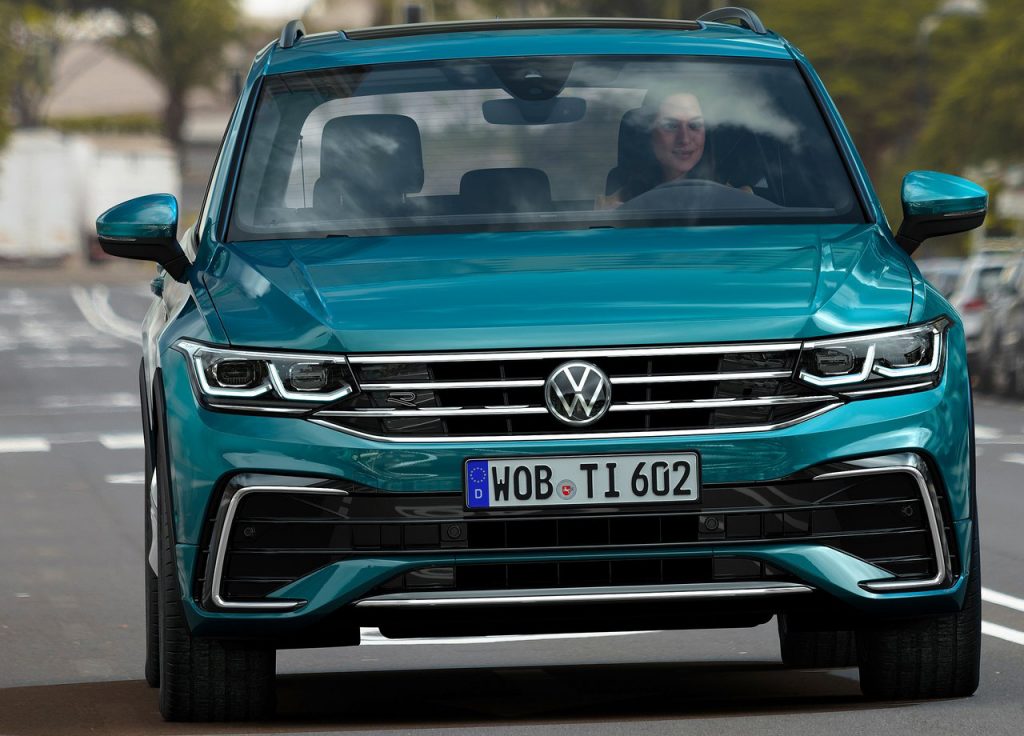
Volkswagen Tiguan 2021 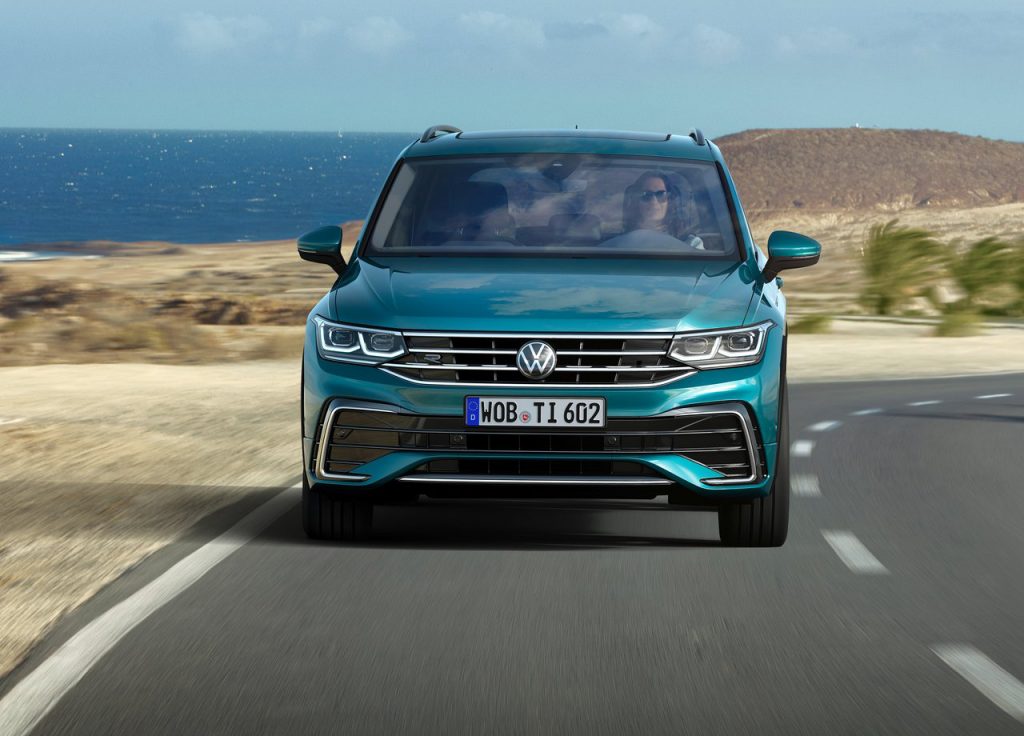
Volkswagen Tiguan 2021 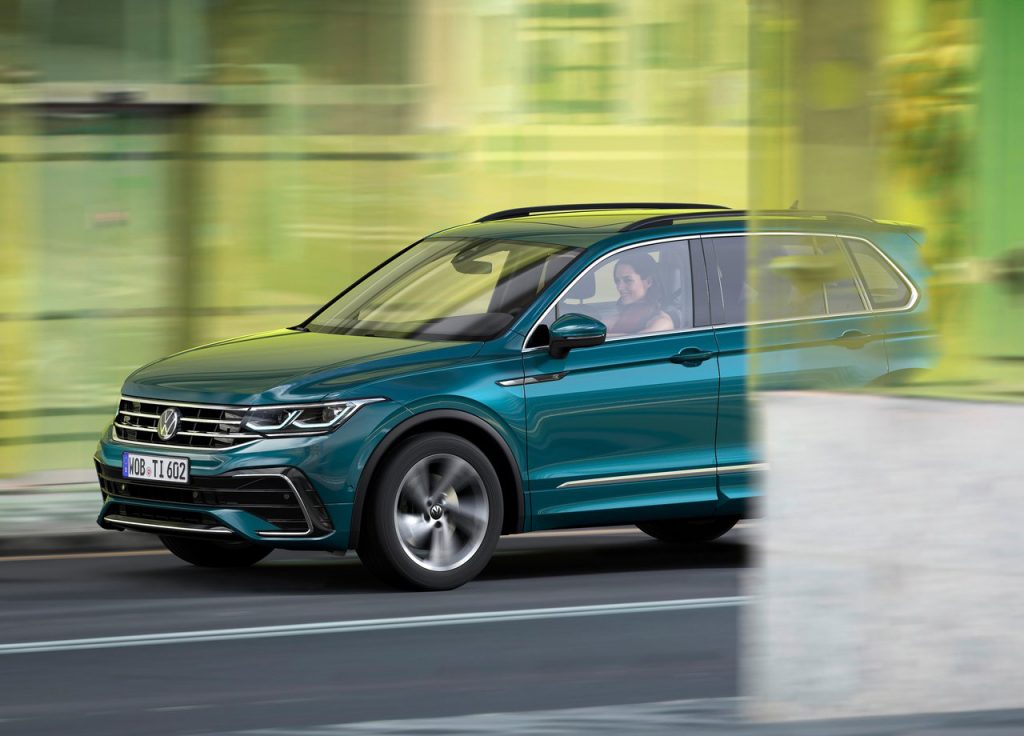
Volkswagen Tiguan 2021 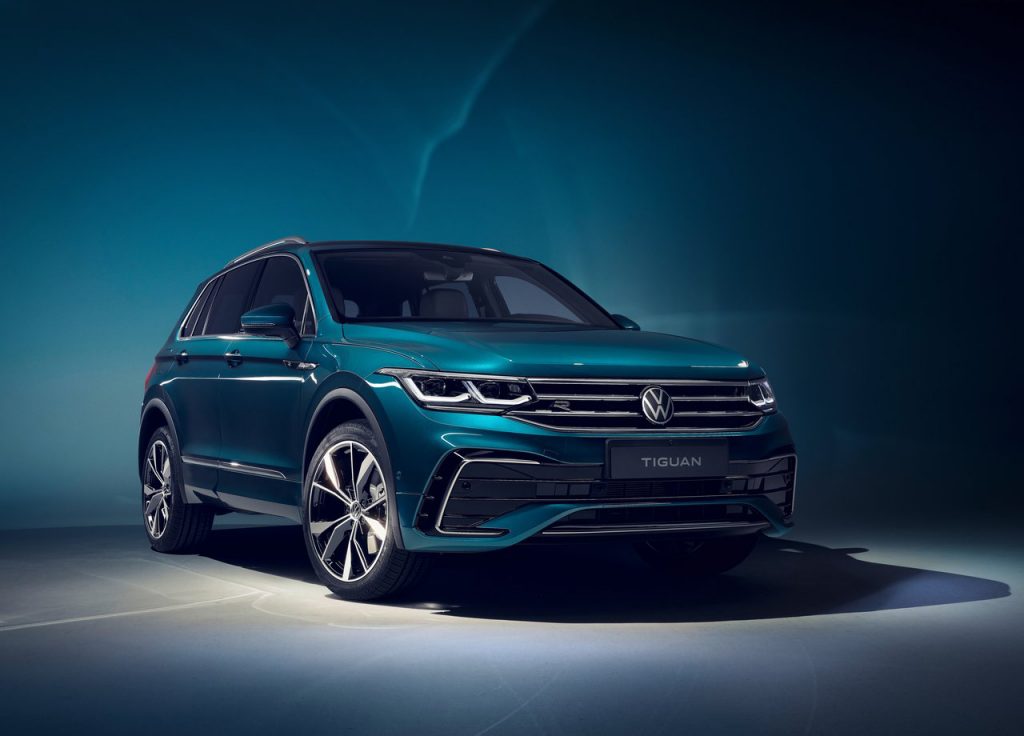
Volkswagen Tiguan 2021 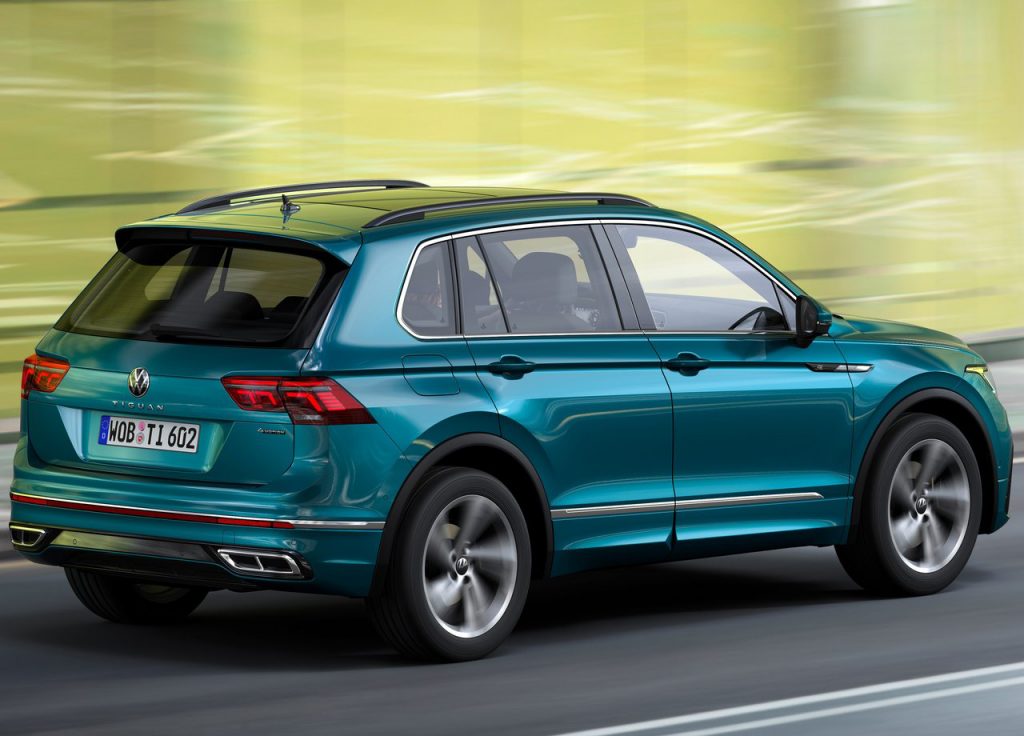
Volkswagen Tiguan 2021 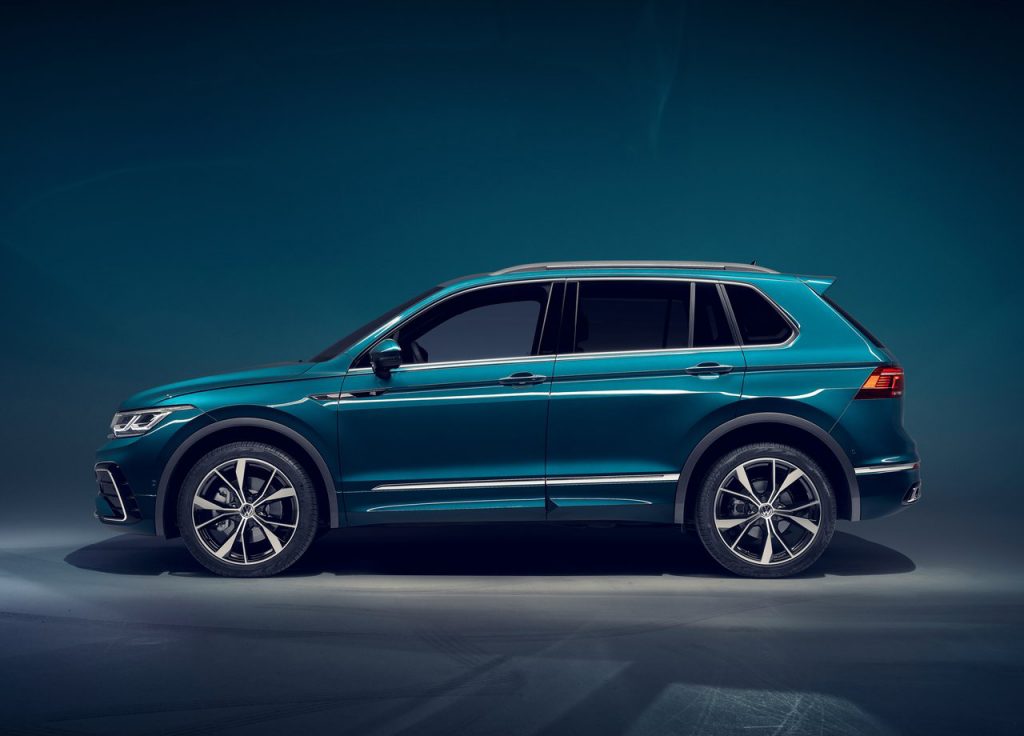
Volkswagen Tiguan 2021 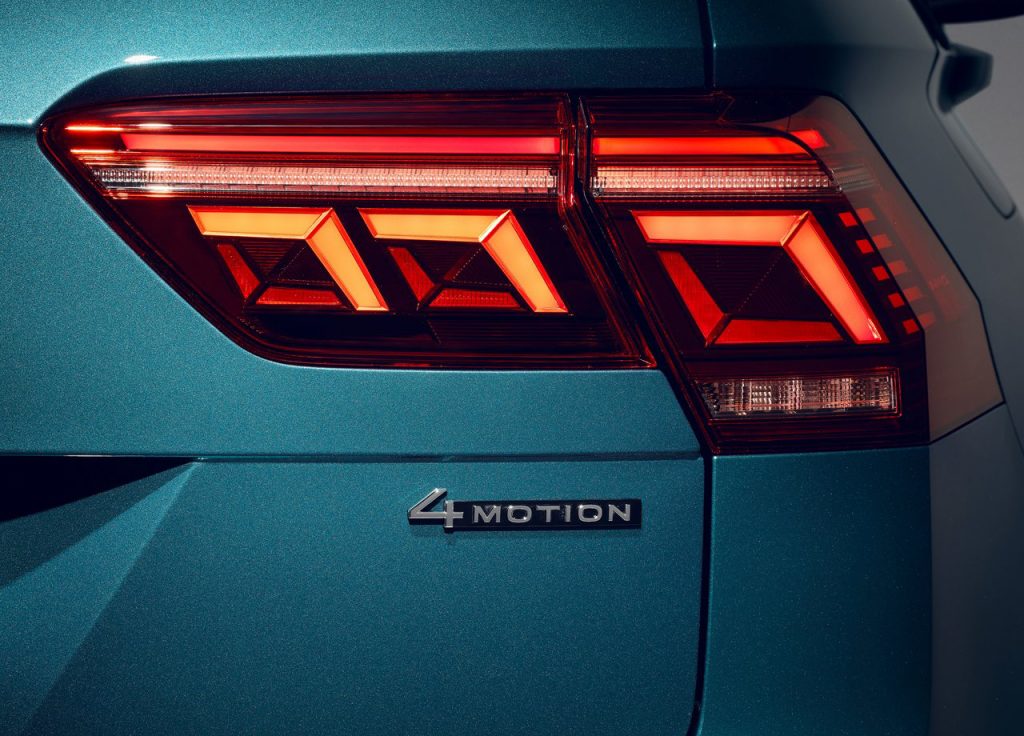
Volkswagen Tiguan 2021 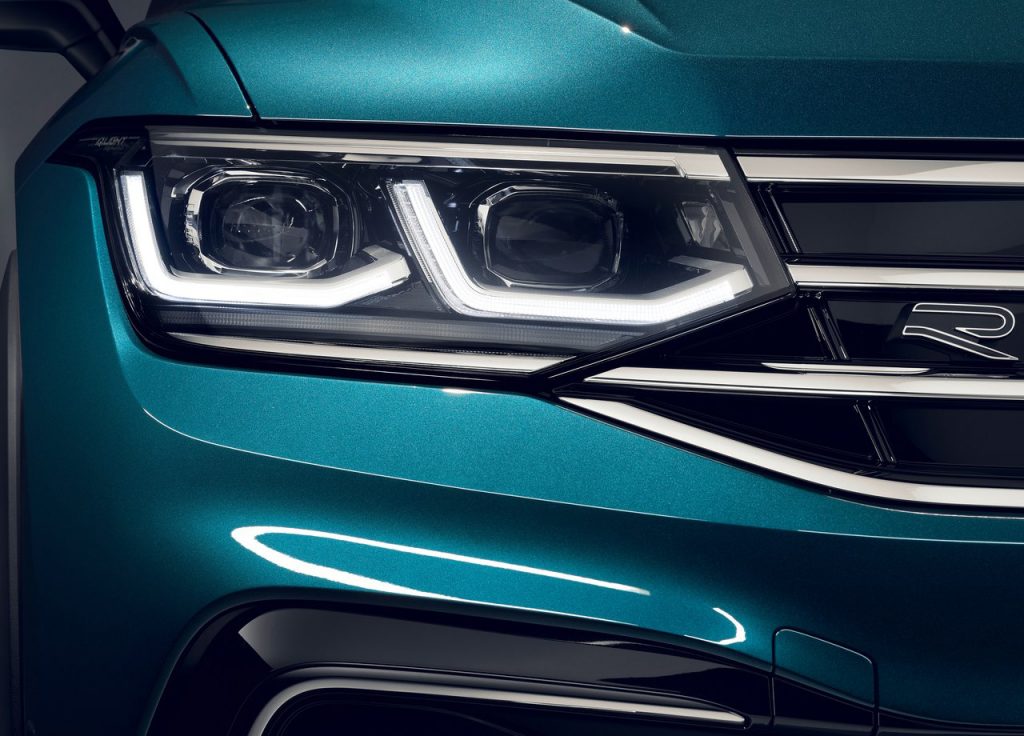
Volkswagen Tiguan 2021 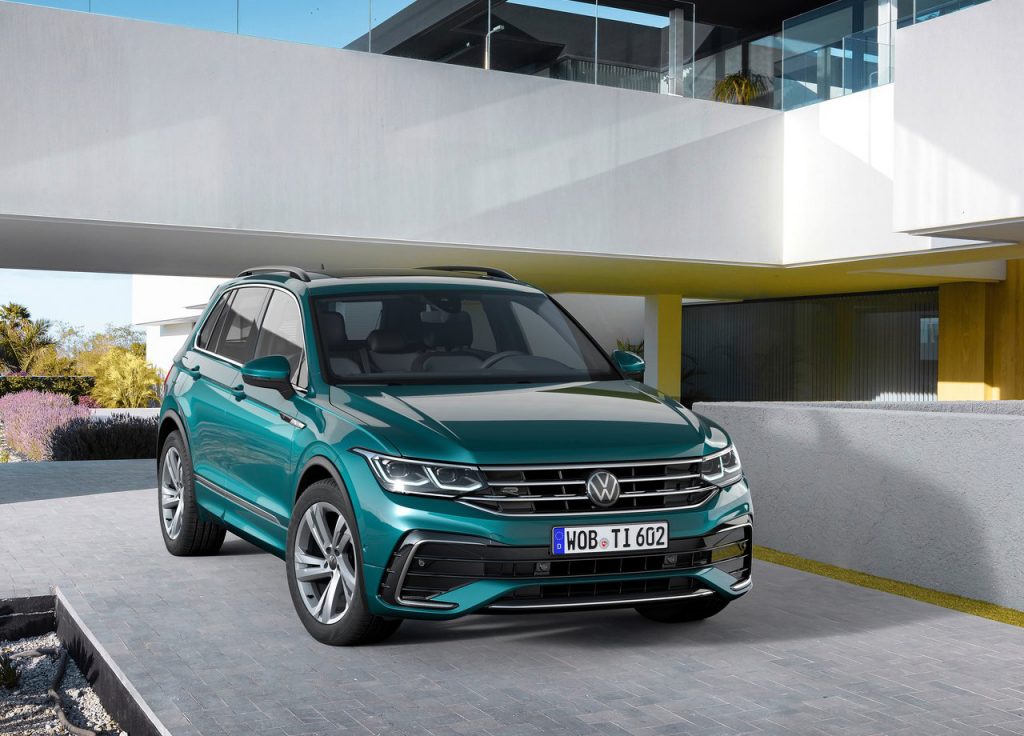
Volkswagen Tiguan 2021 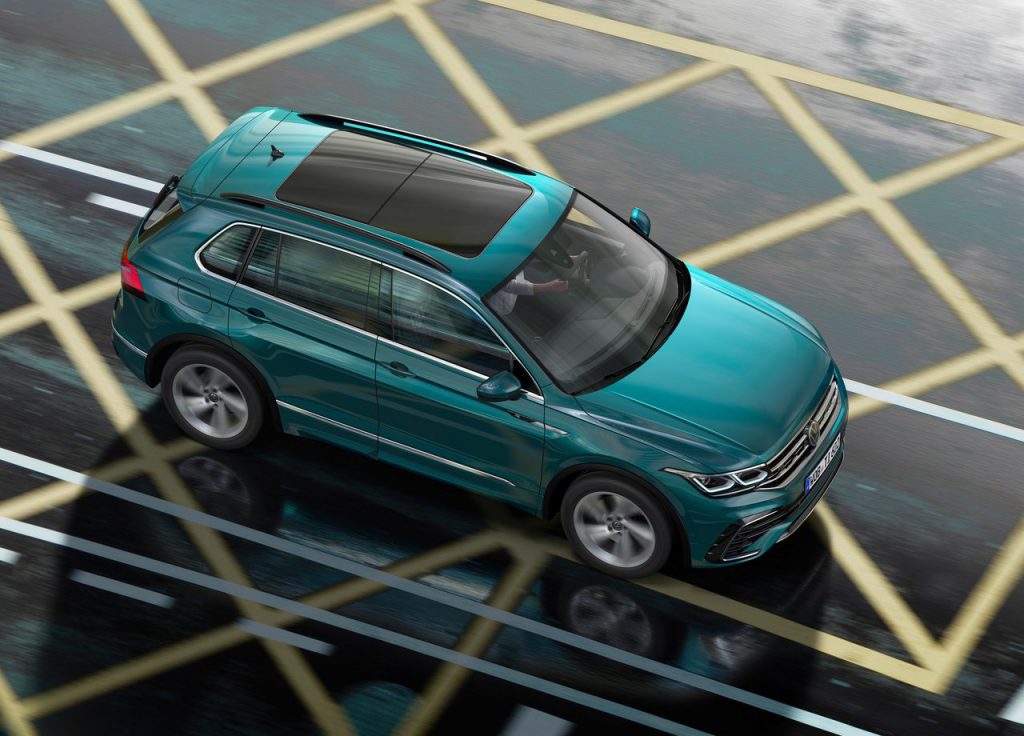
Volkswagen Tiguan 2021 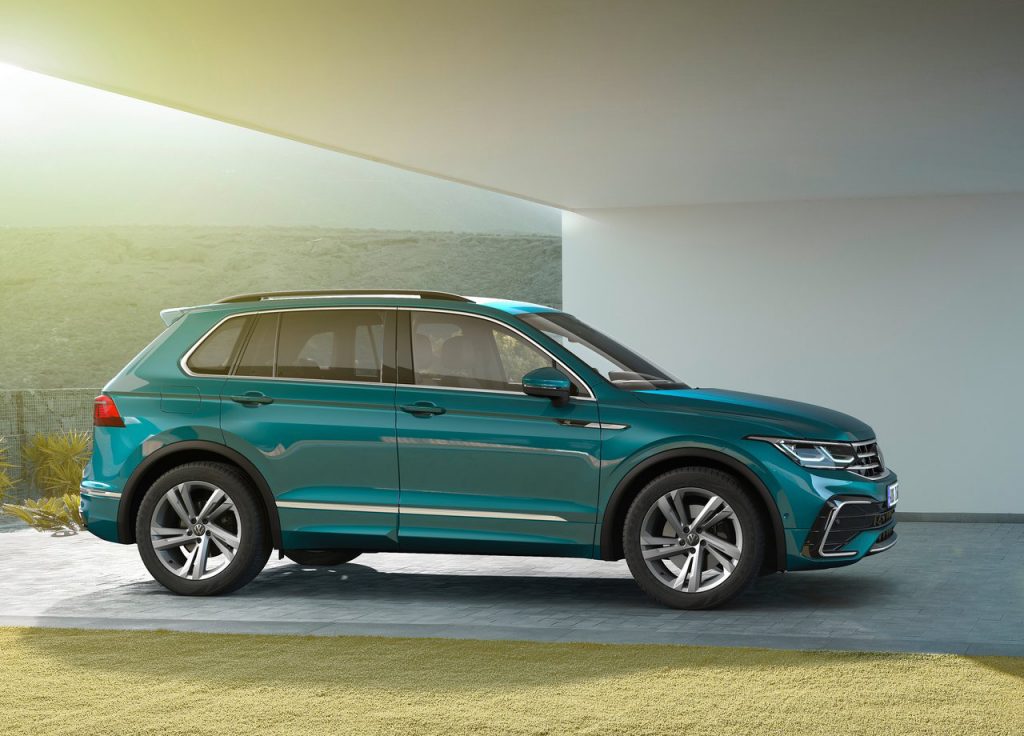
Volkswagen Tiguan 2021 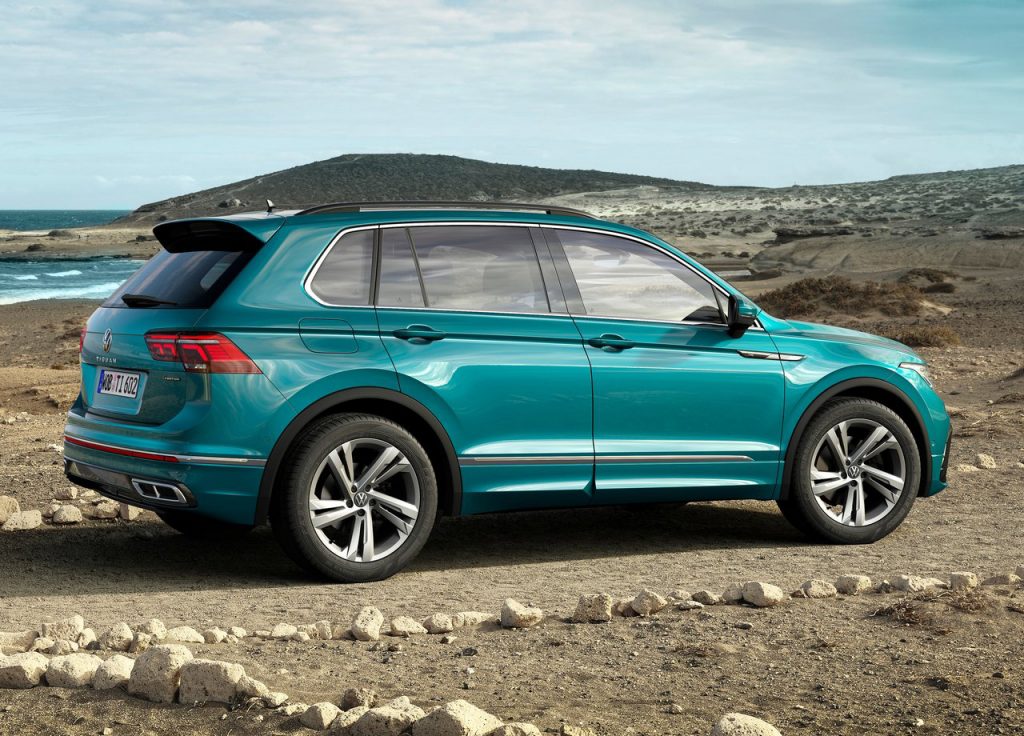
Volkswagen Tiguan 2021 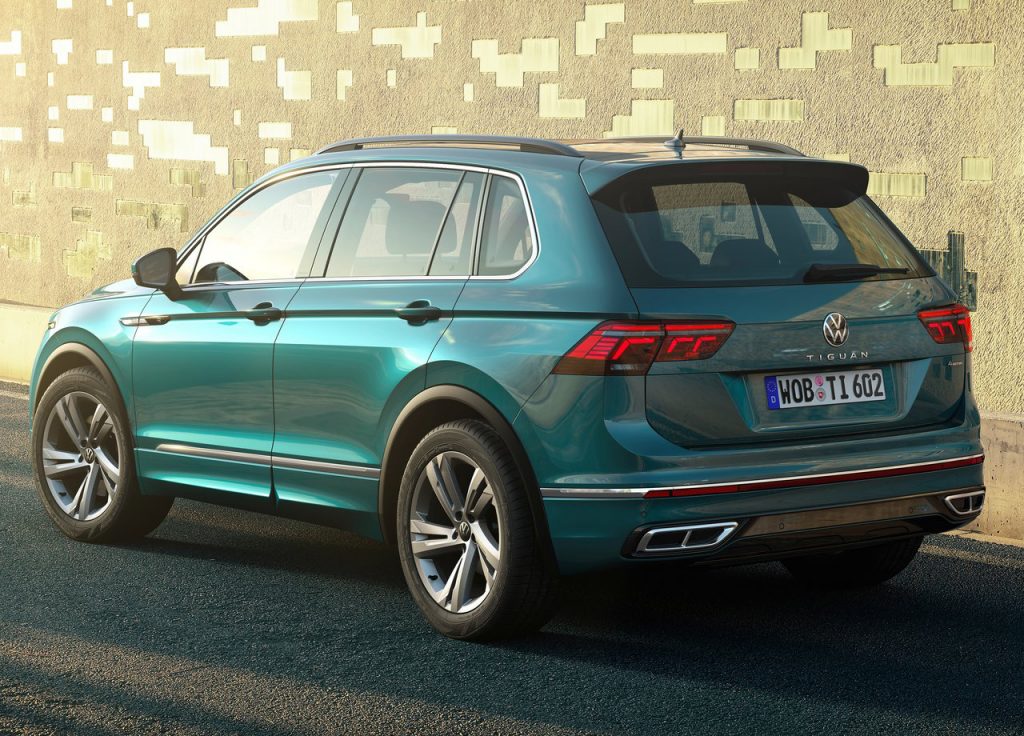
Volkswagen Tiguan 2021 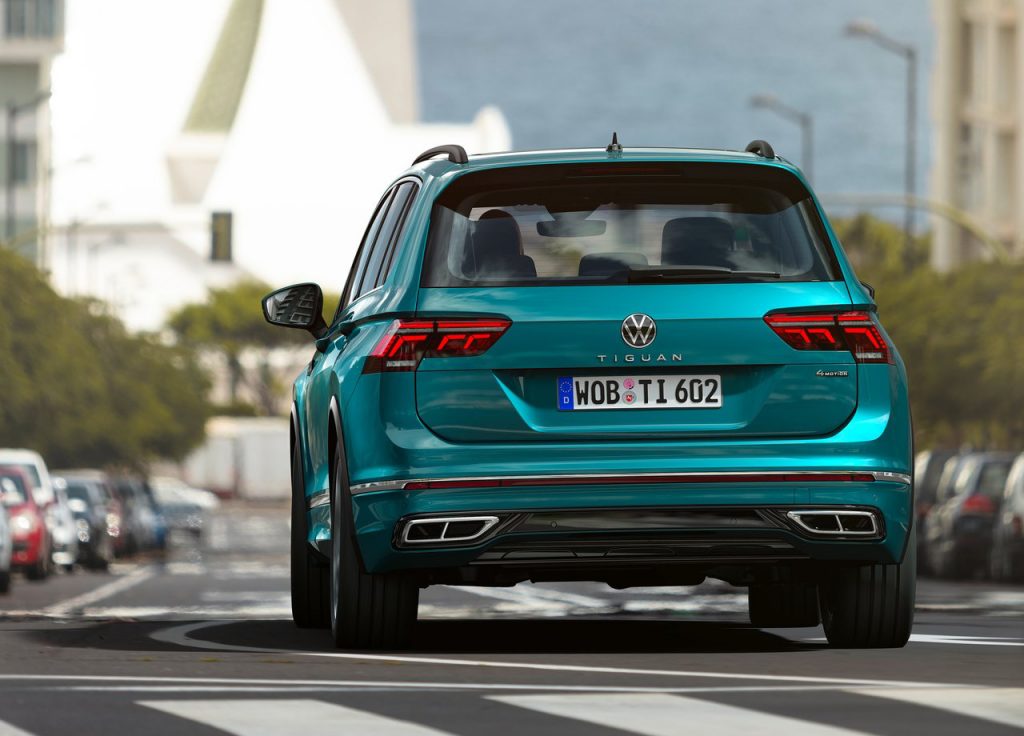
Volkswagen Tiguan 2021 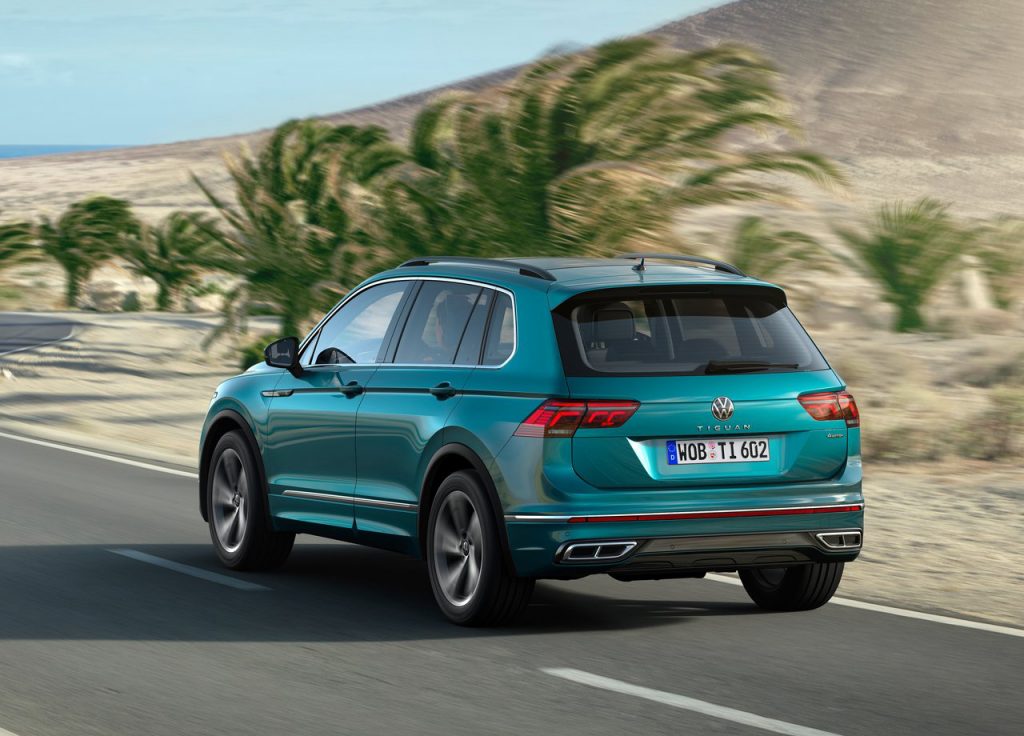
Volkswagen Tiguan 2021 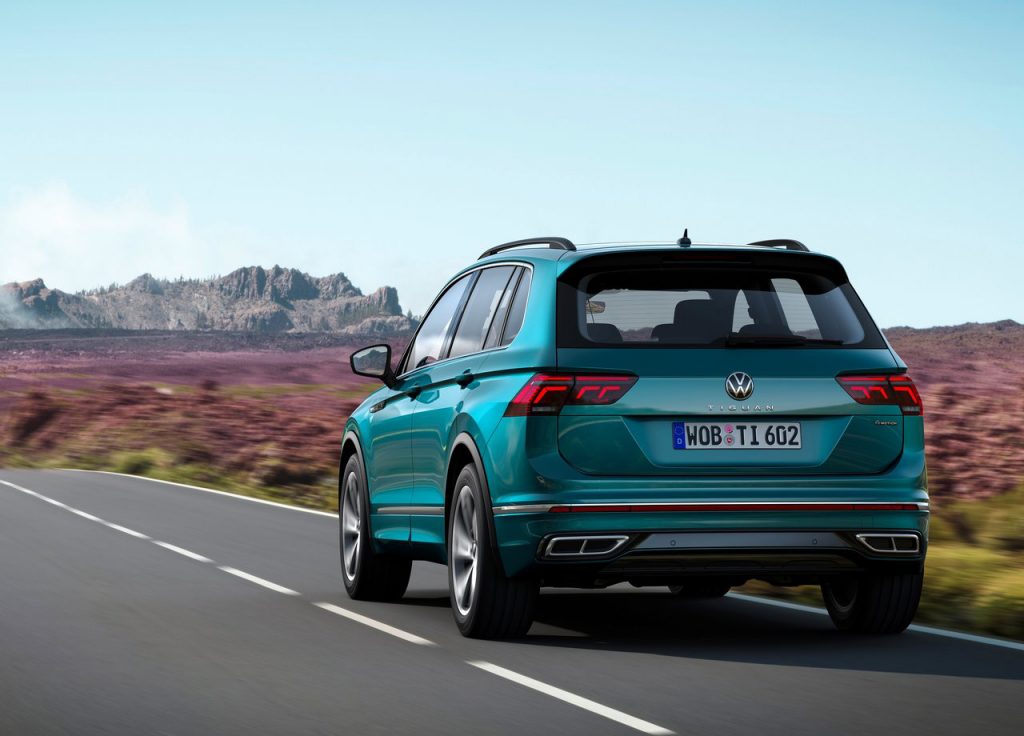
Volkswagen Tiguan 2021 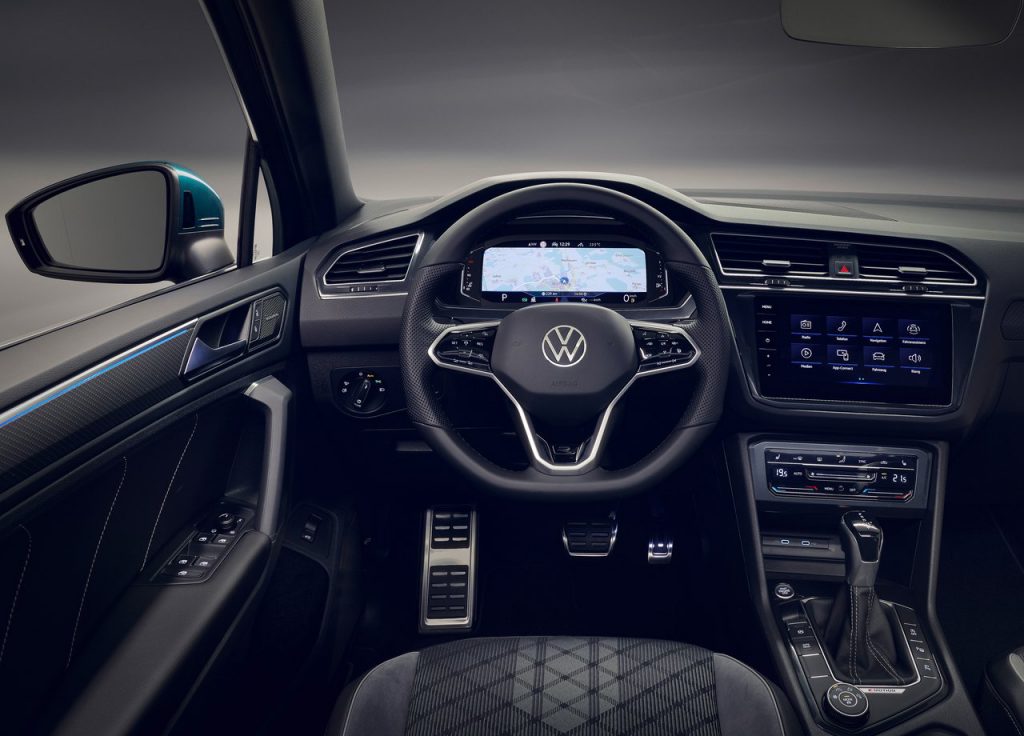
Volkswagen Tiguan 2021 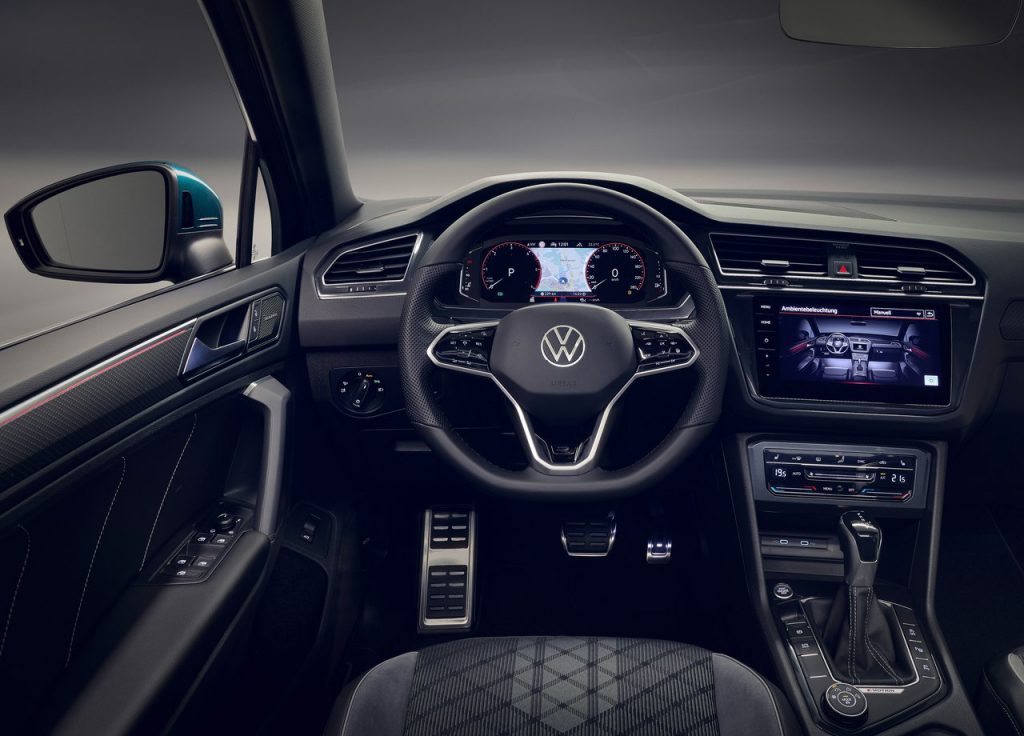
Volkswagen Tiguan 2021 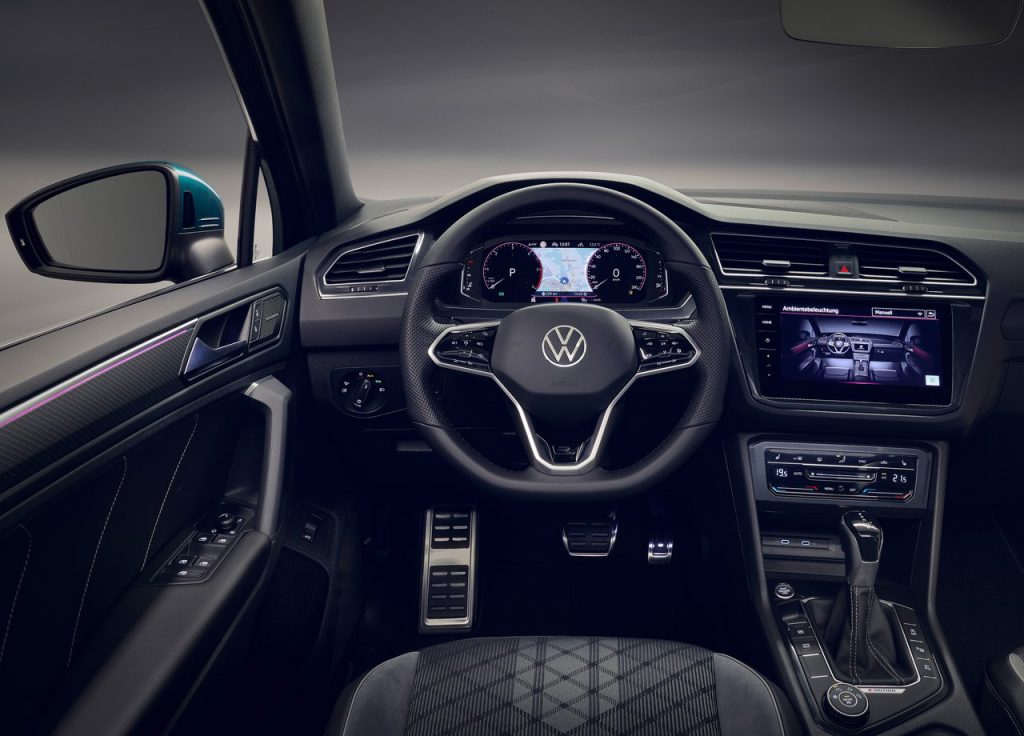
Volkswagen Tiguan 2021 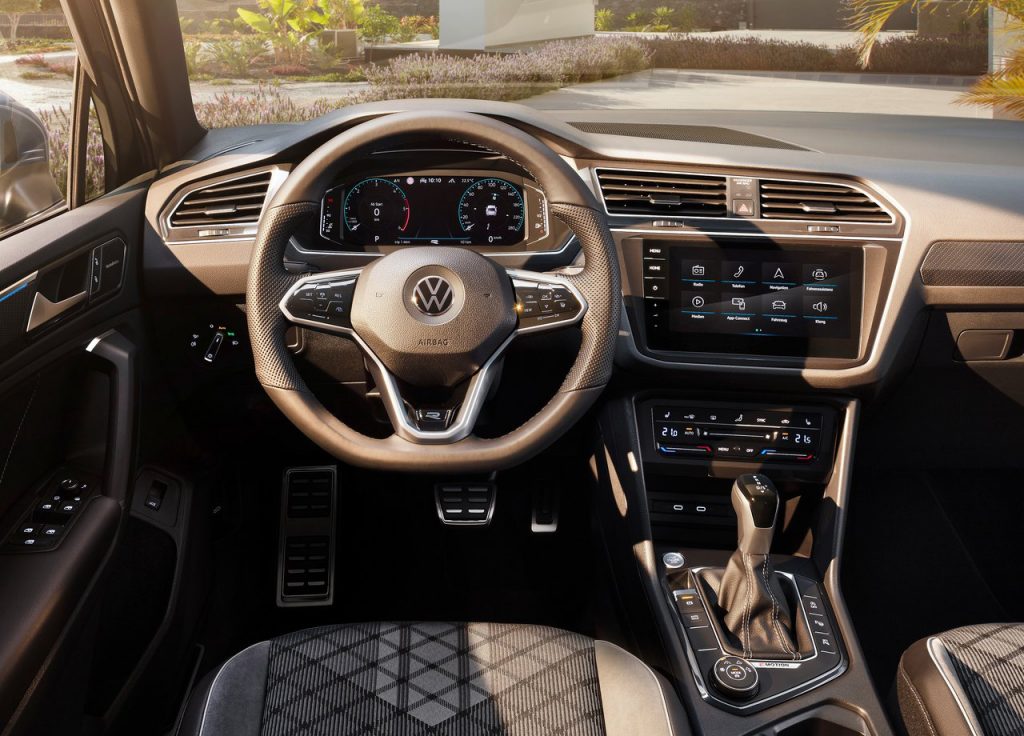
Volkswagen Tiguan 2021 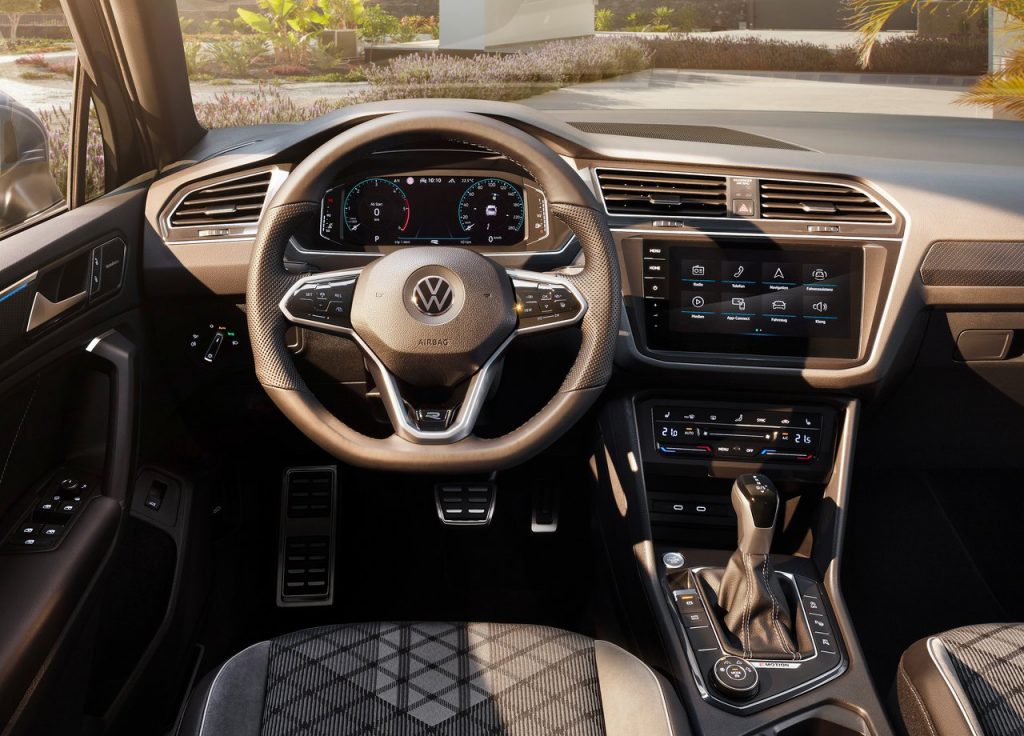
Volkswagen Tiguan 2021 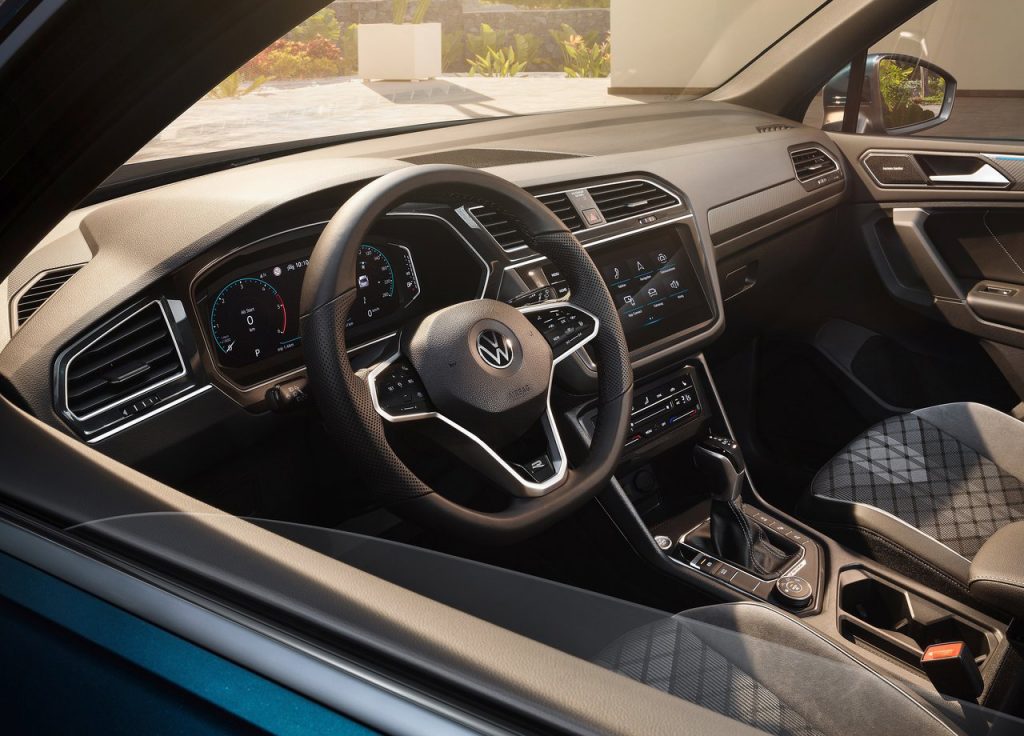
Volkswagen Tiguan 2021 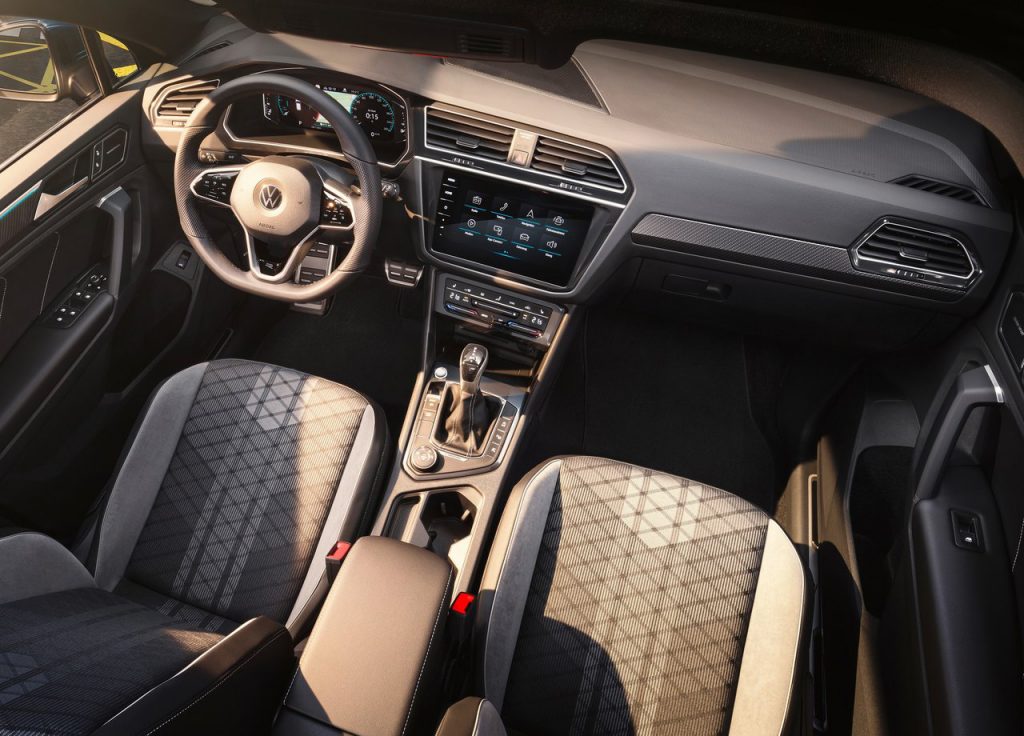
Volkswagen Tiguan 2021 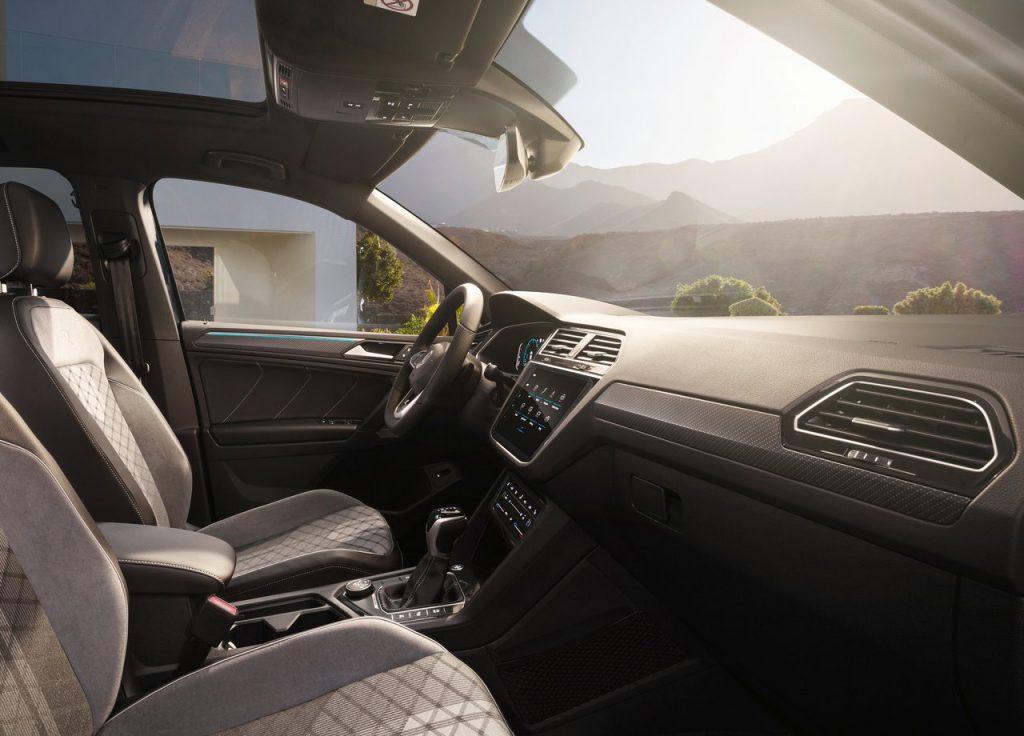
Volkswagen Tiguan 2021 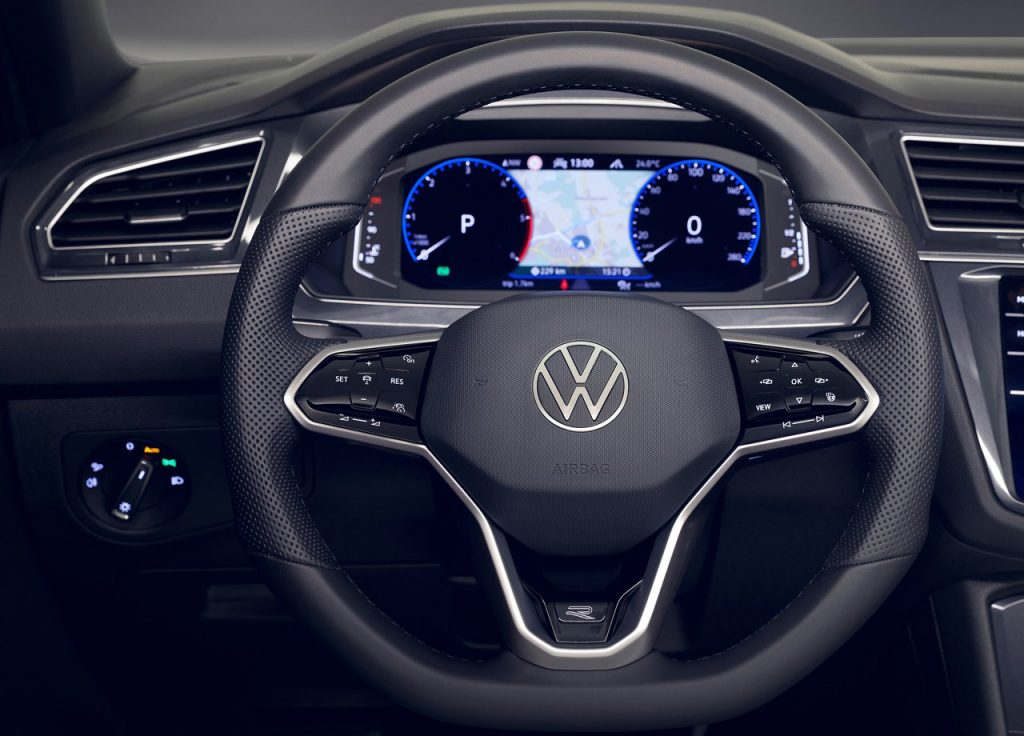
Volkswagen Tiguan 2021 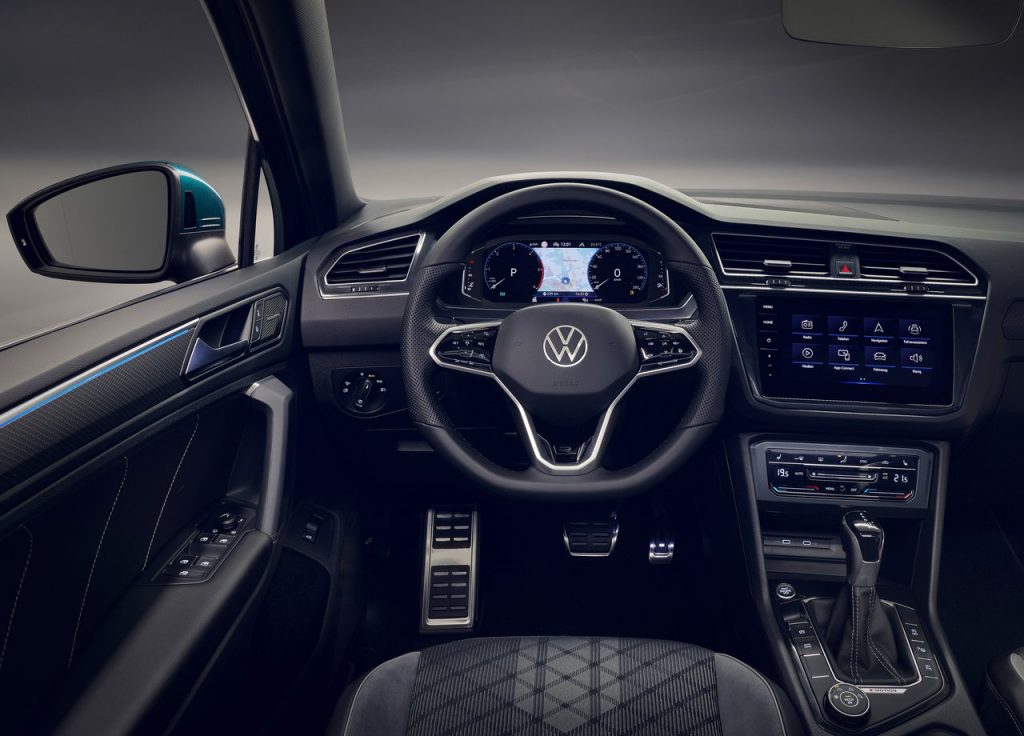
Volkswagen Tiguan 2021 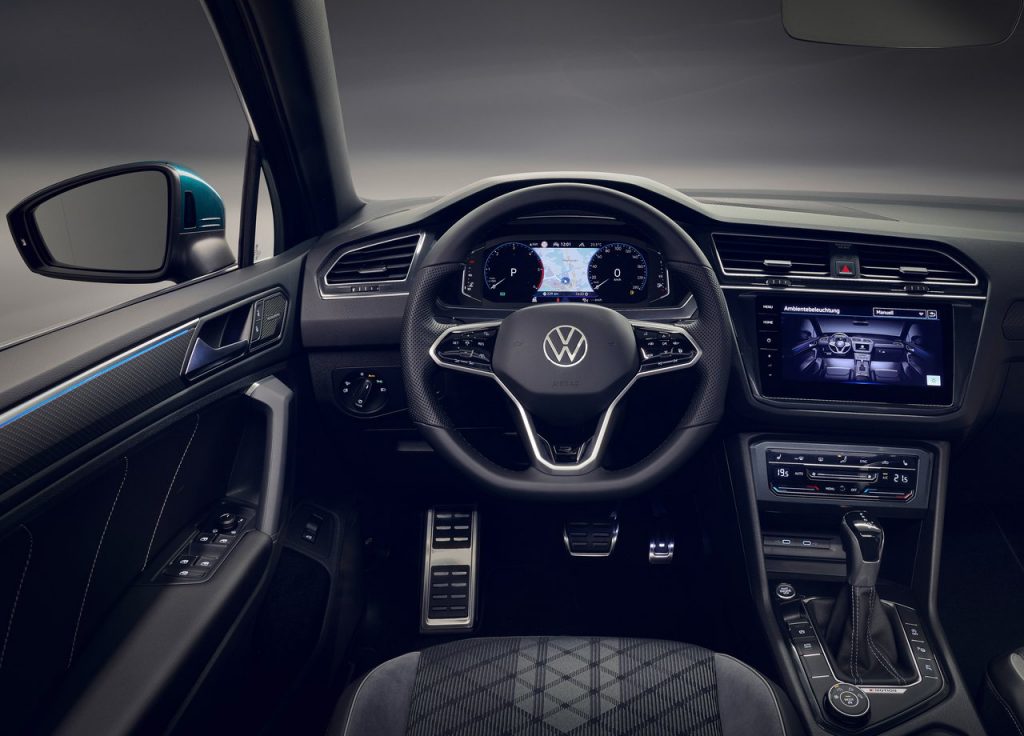
Volkswagen Tiguan 2021 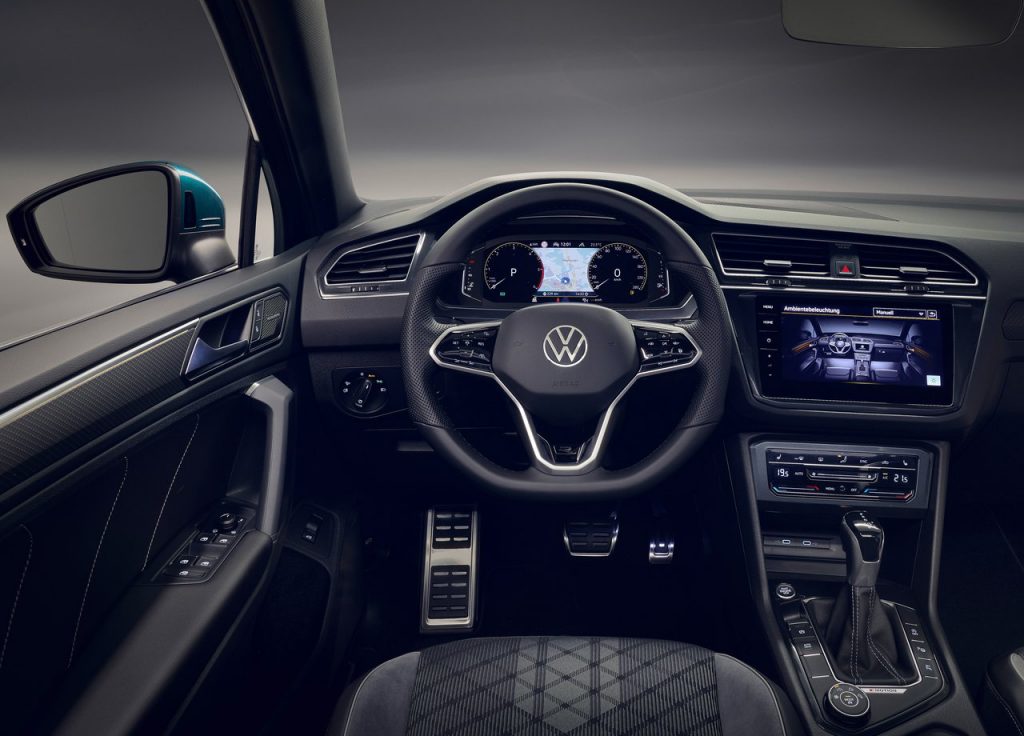
Volkswagen Tiguan 2021 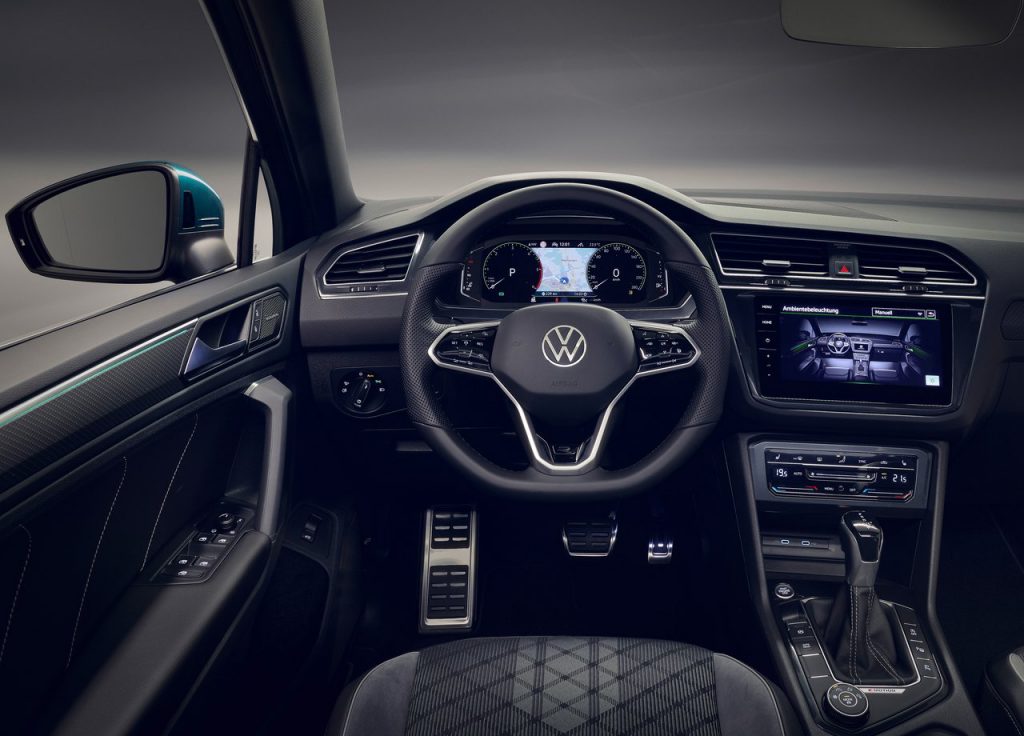
Volkswagen Tiguan 2021 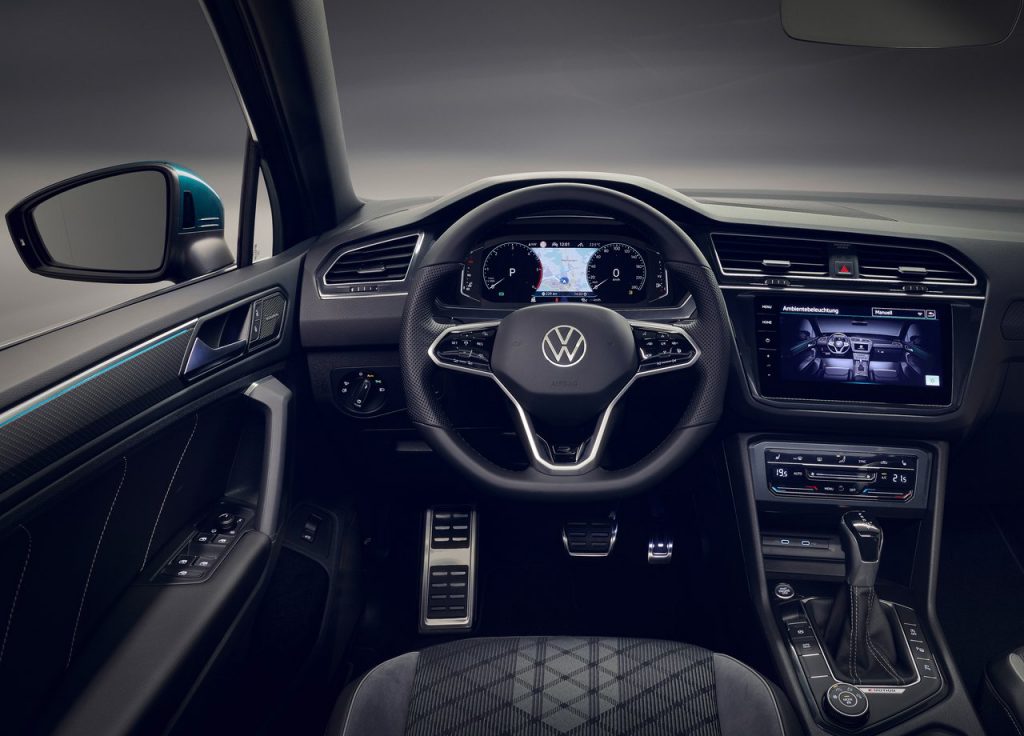
Volkswagen Tiguan 2021 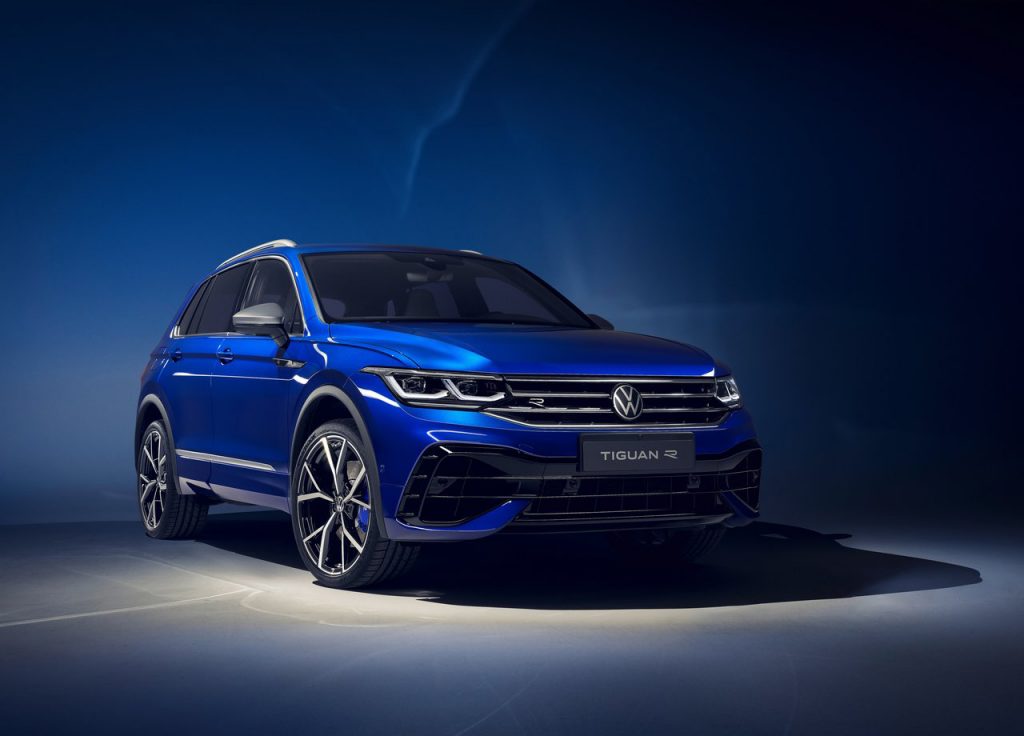
Volkswagen Tiguan R 2021 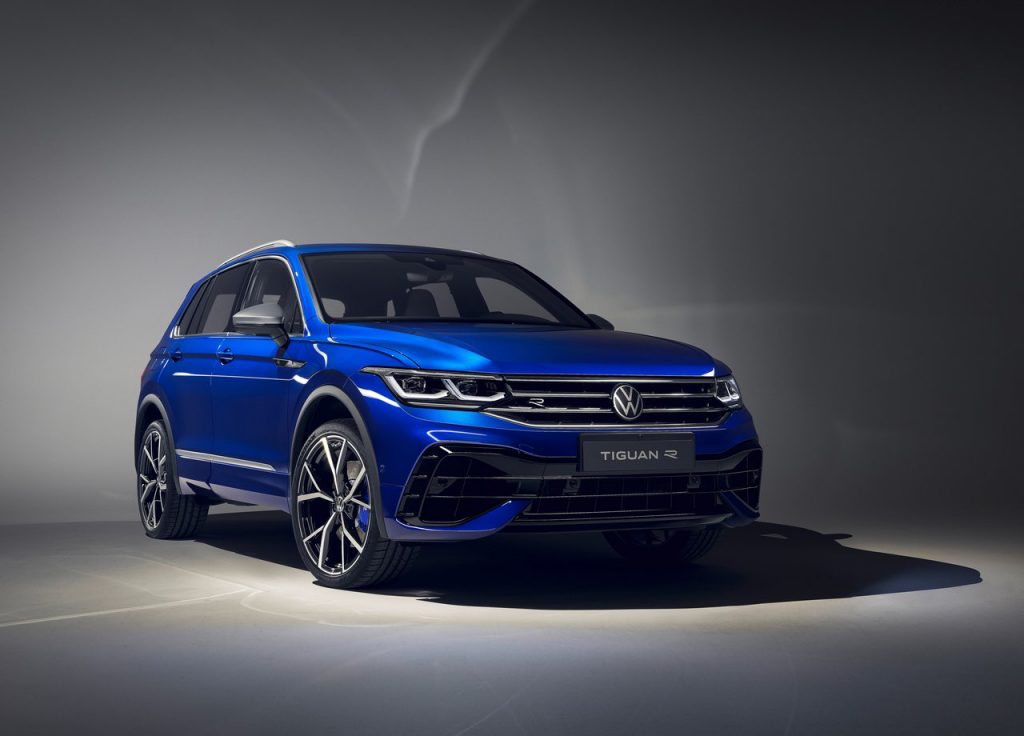
Volkswagen Tiguan R 2021 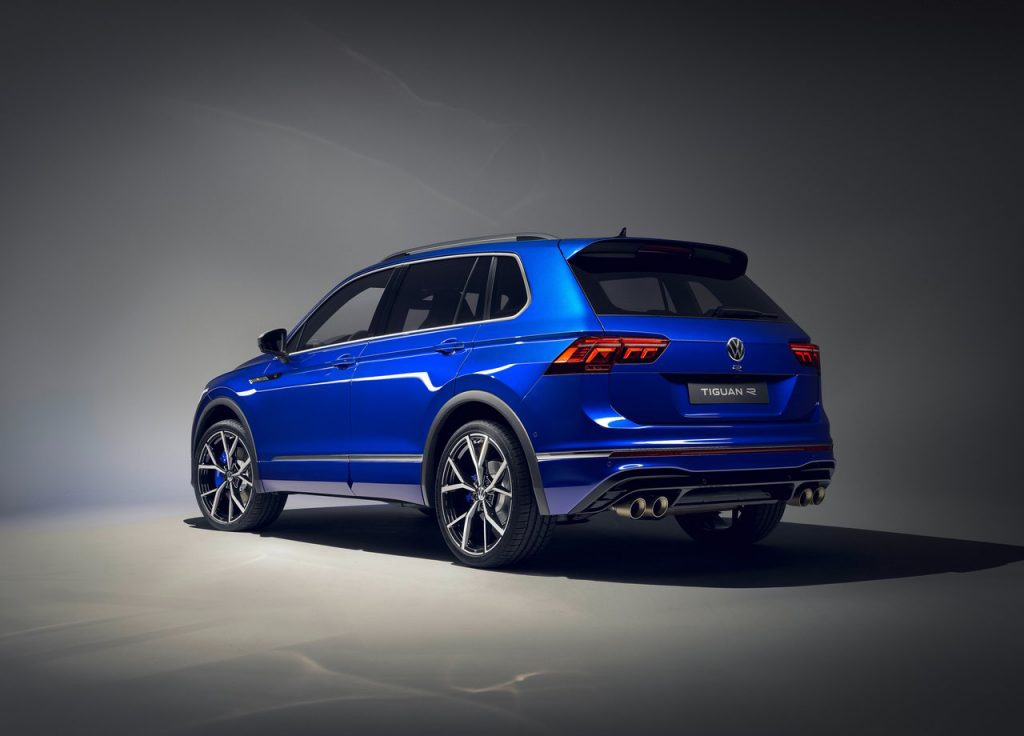
Volkswagen Tiguan R 2021 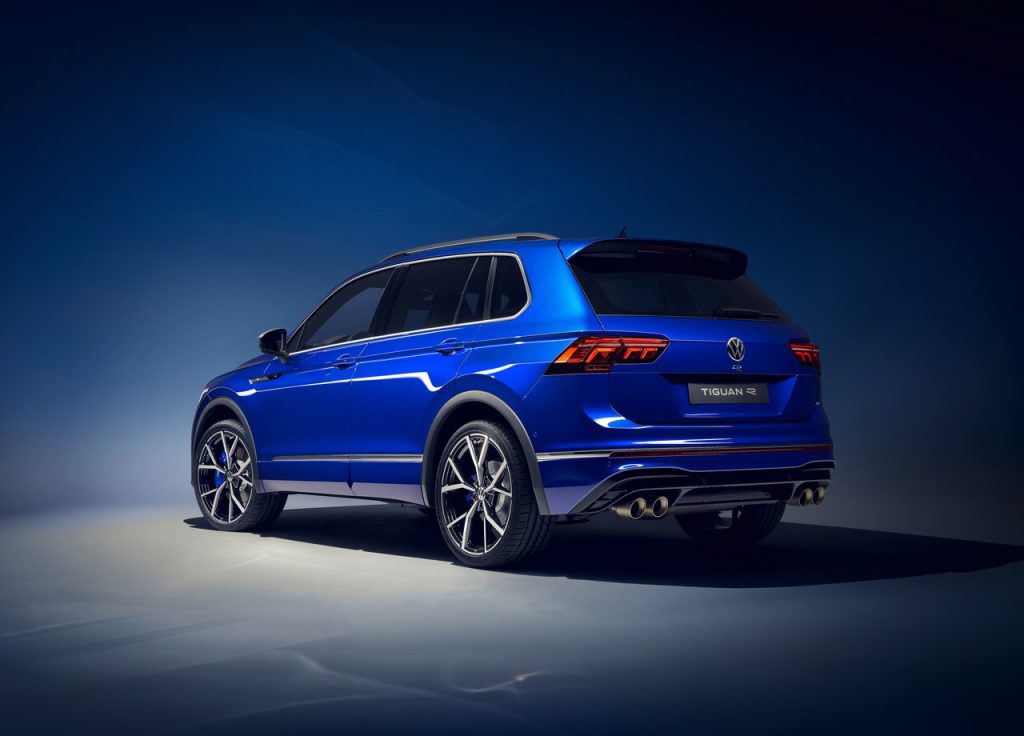
Volkswagen Tiguan R 2021 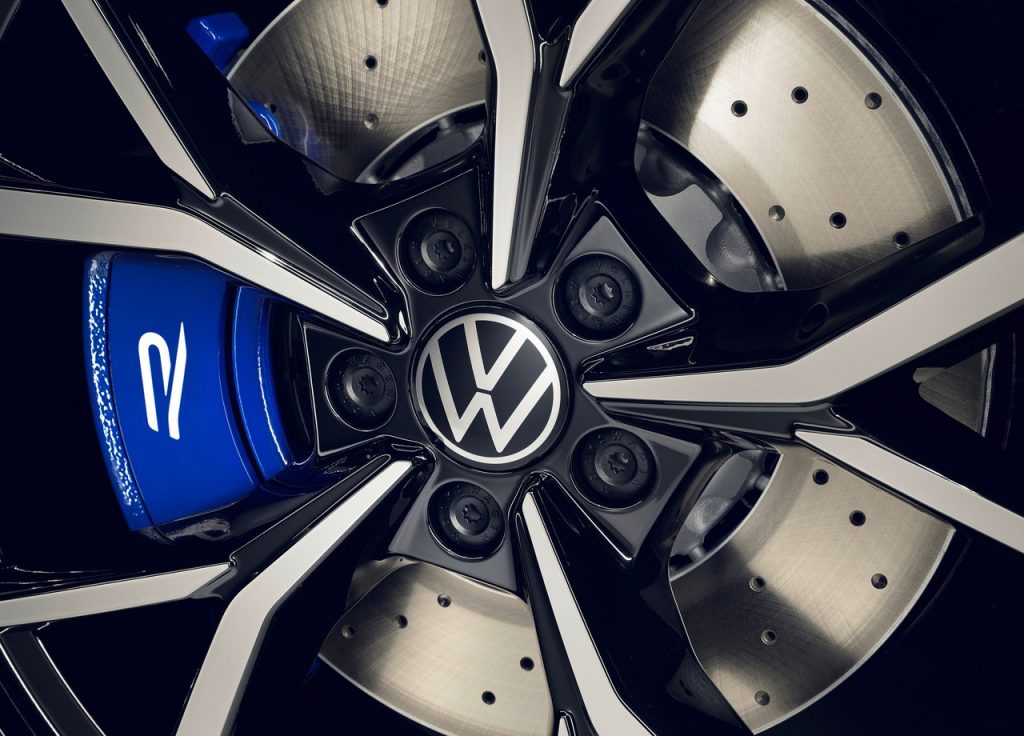
Volkswagen Tiguan R 2021 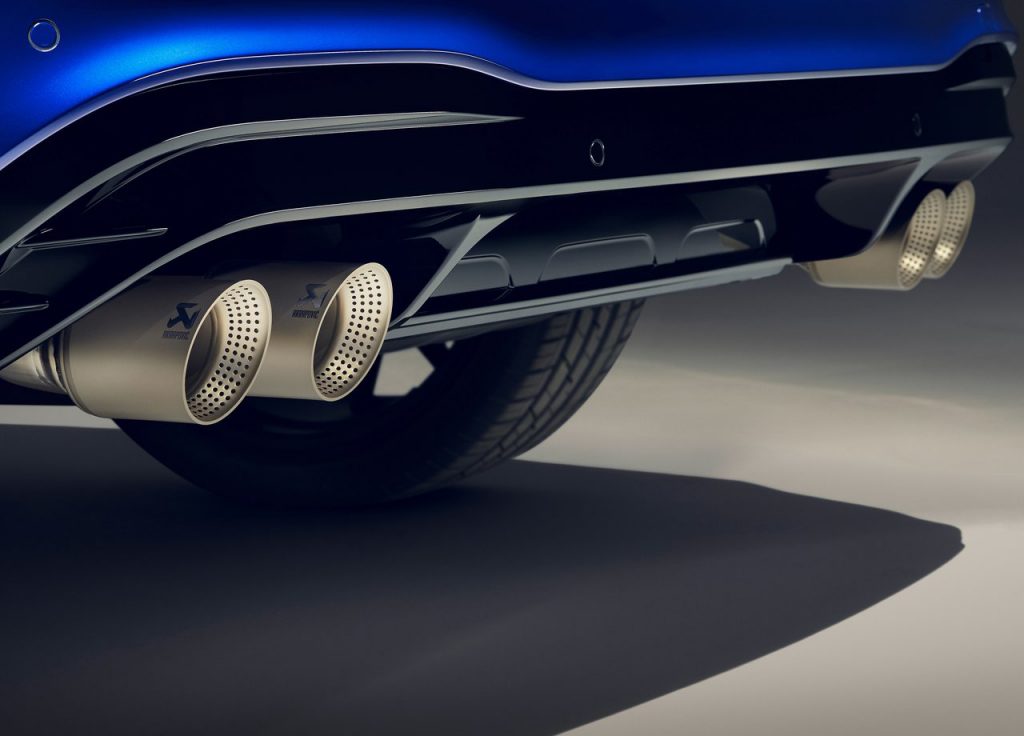
Volkswagen Tiguan R 2021 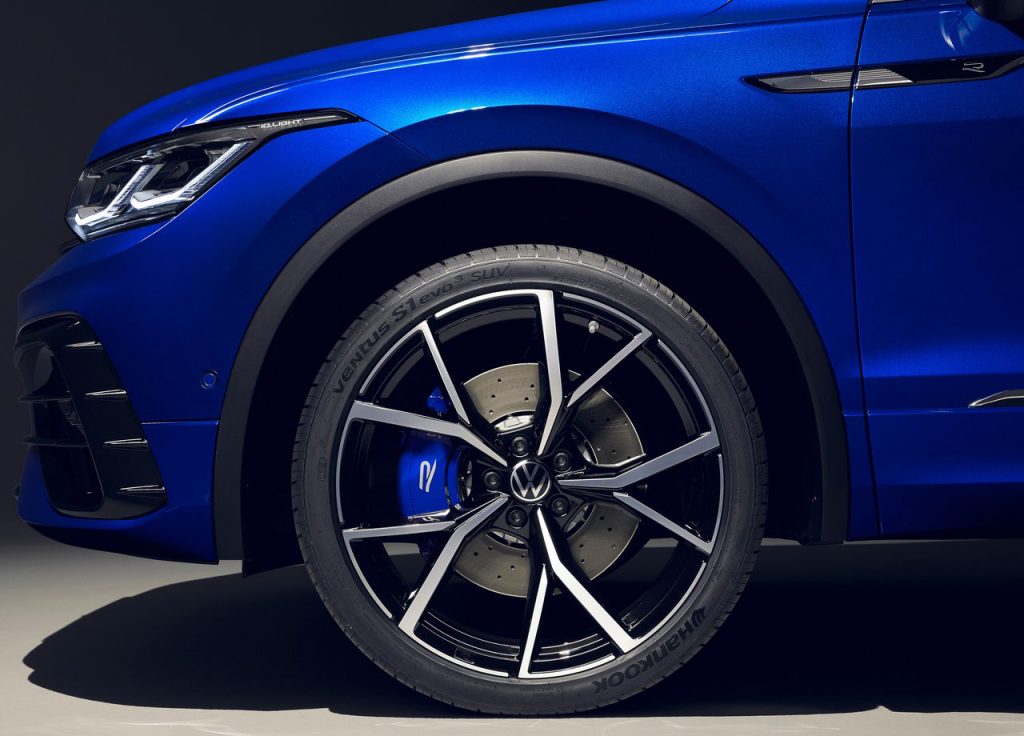
Volkswagen Tiguan R 2021 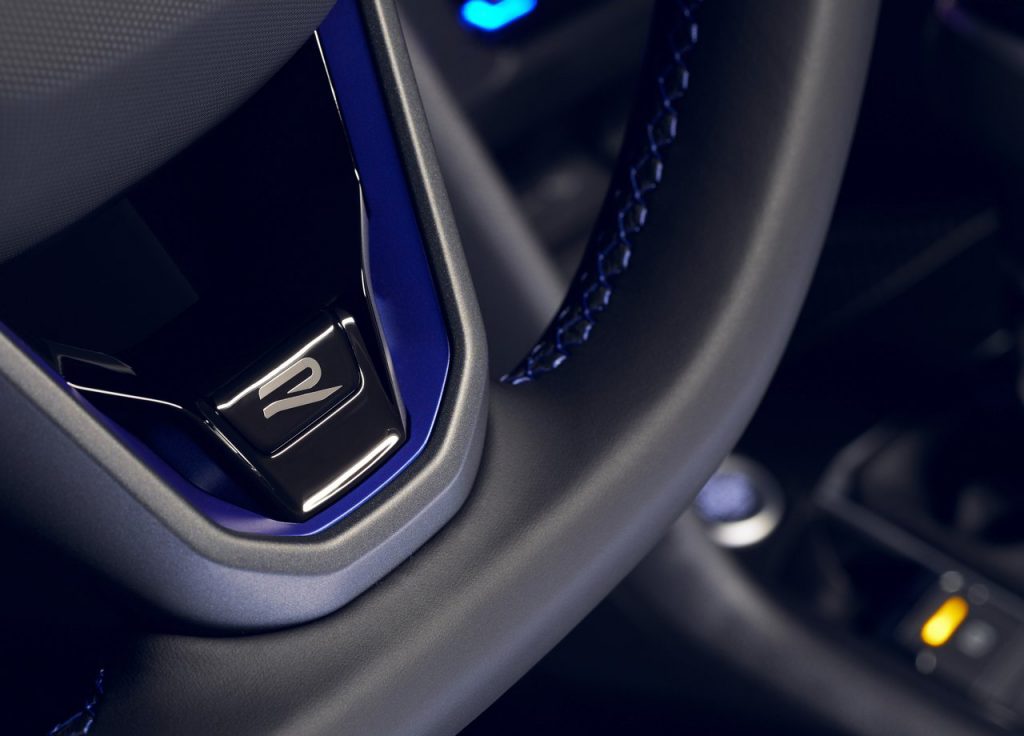
Volkswagen Tiguan R 2021 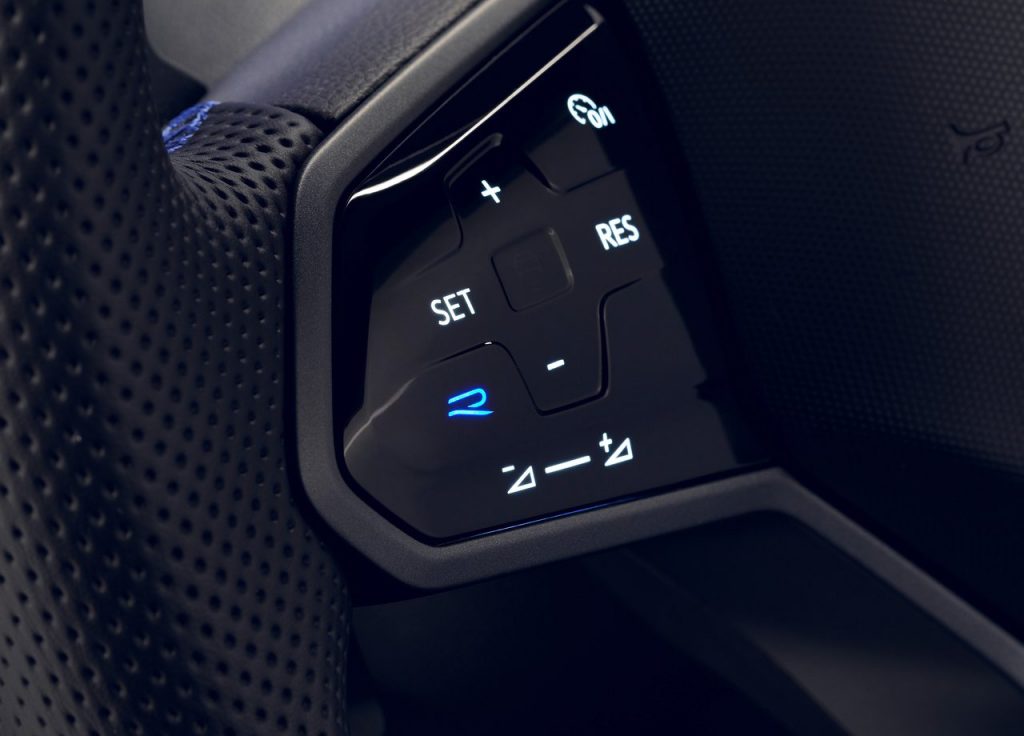
Volkswagen Tiguan R 2021 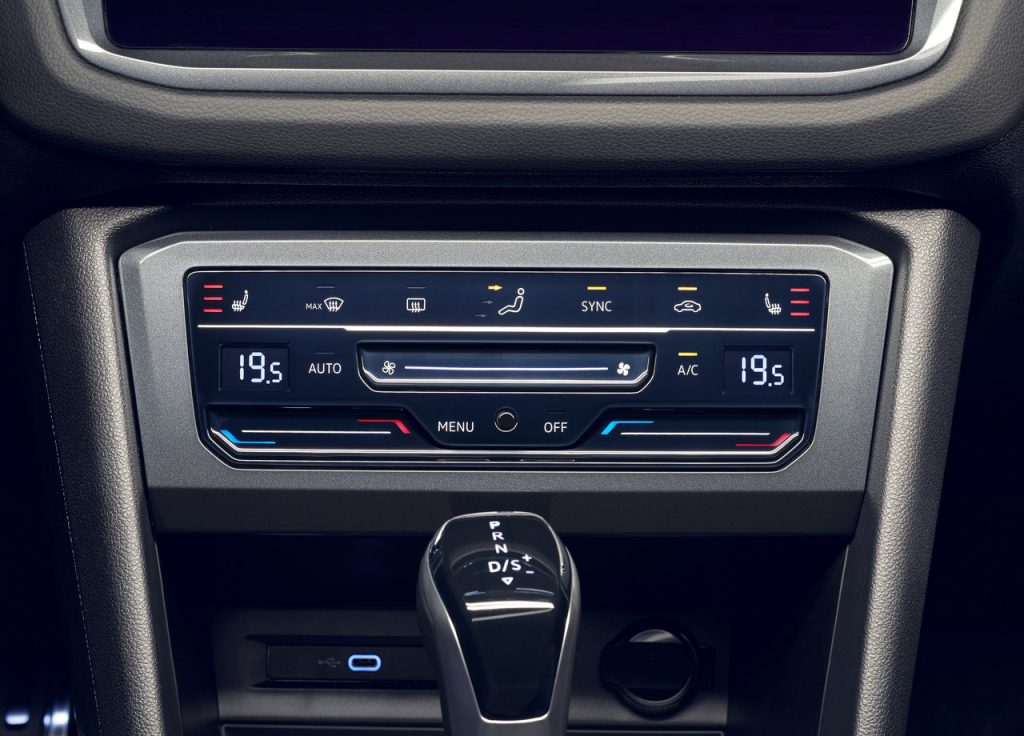
Volkswagen Tiguan R 2021 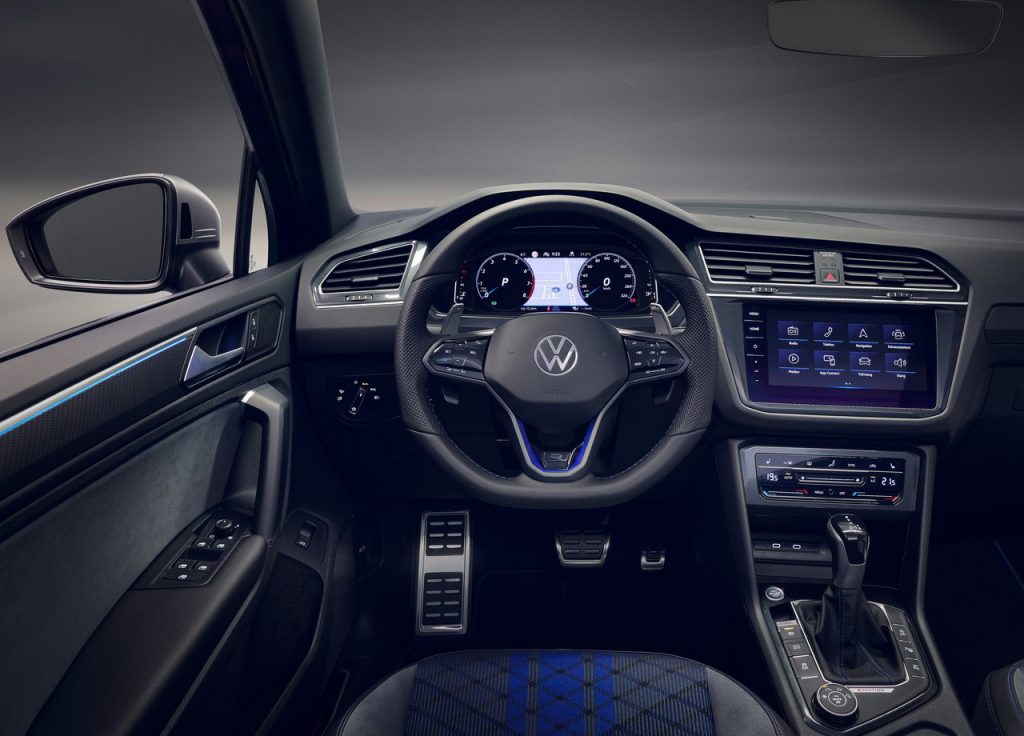
Volkswagen Tiguan R 2021

